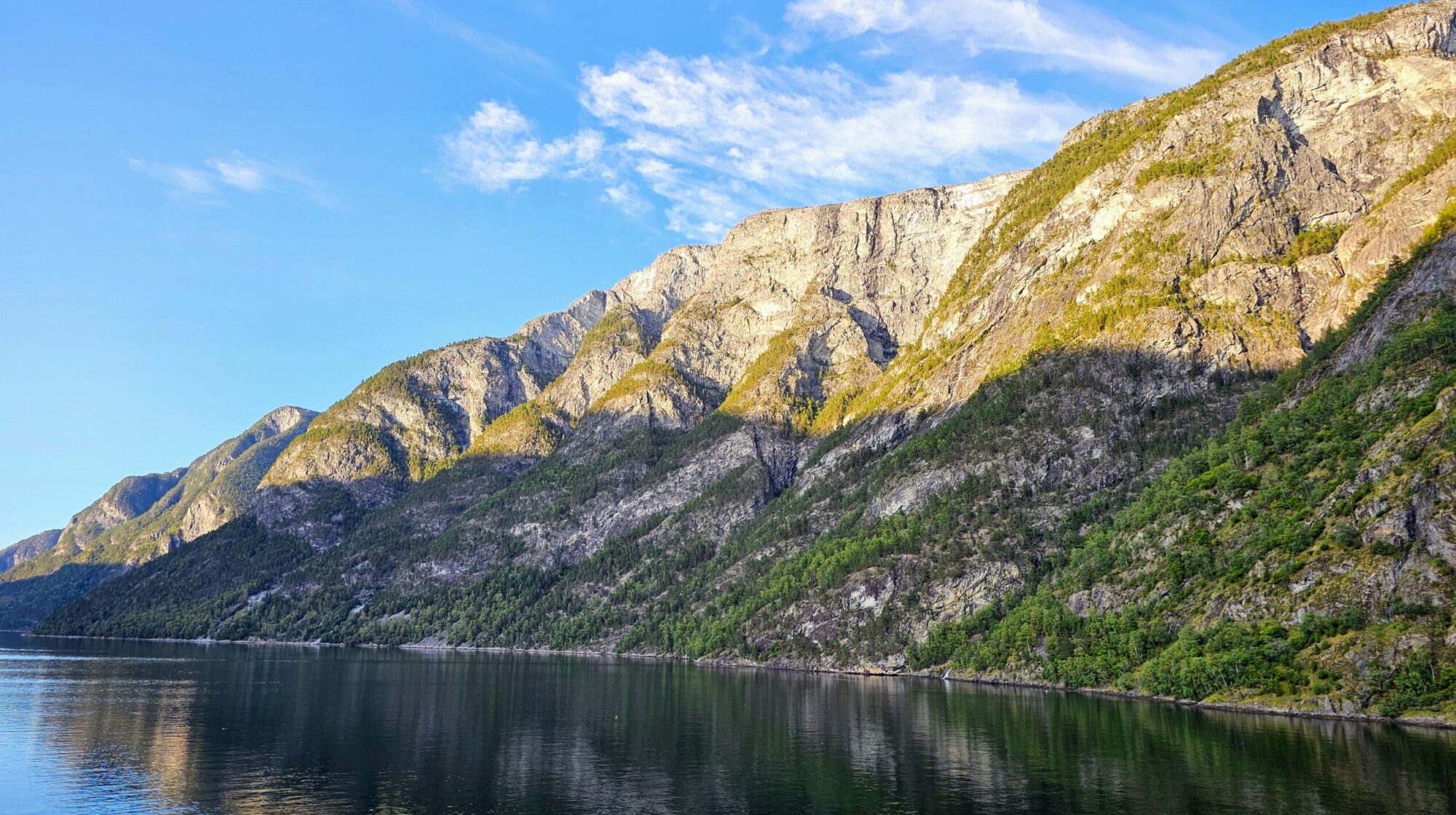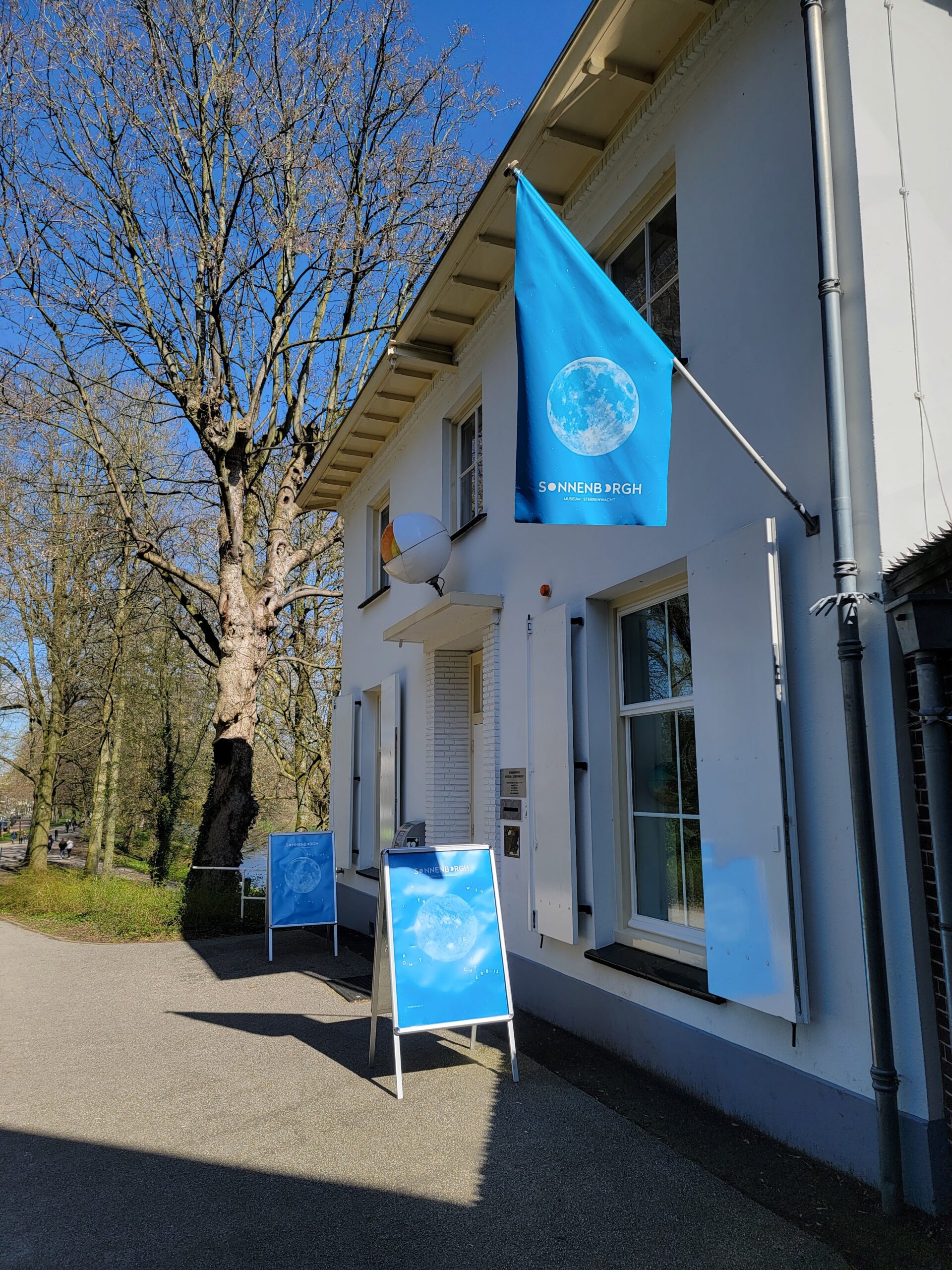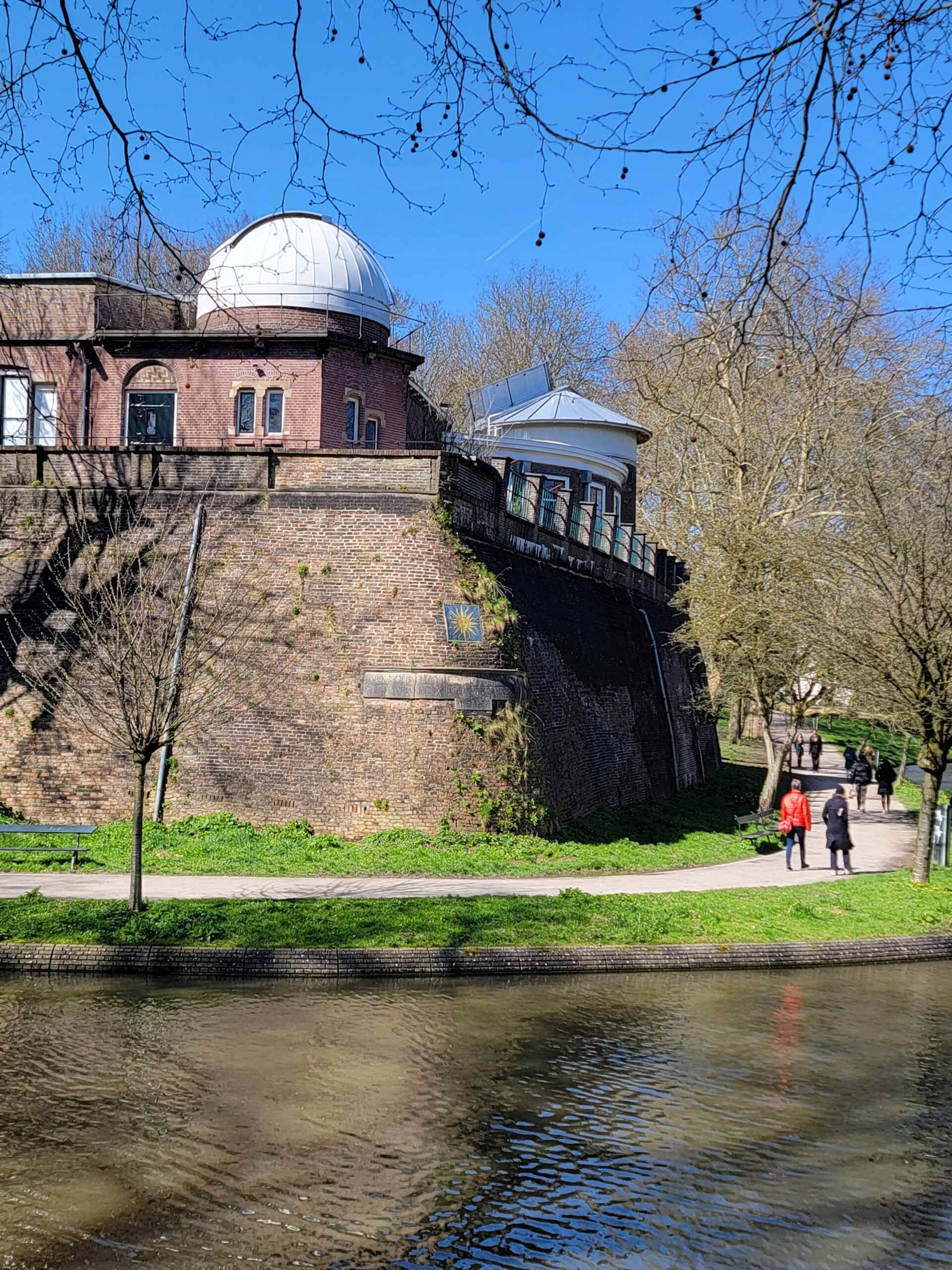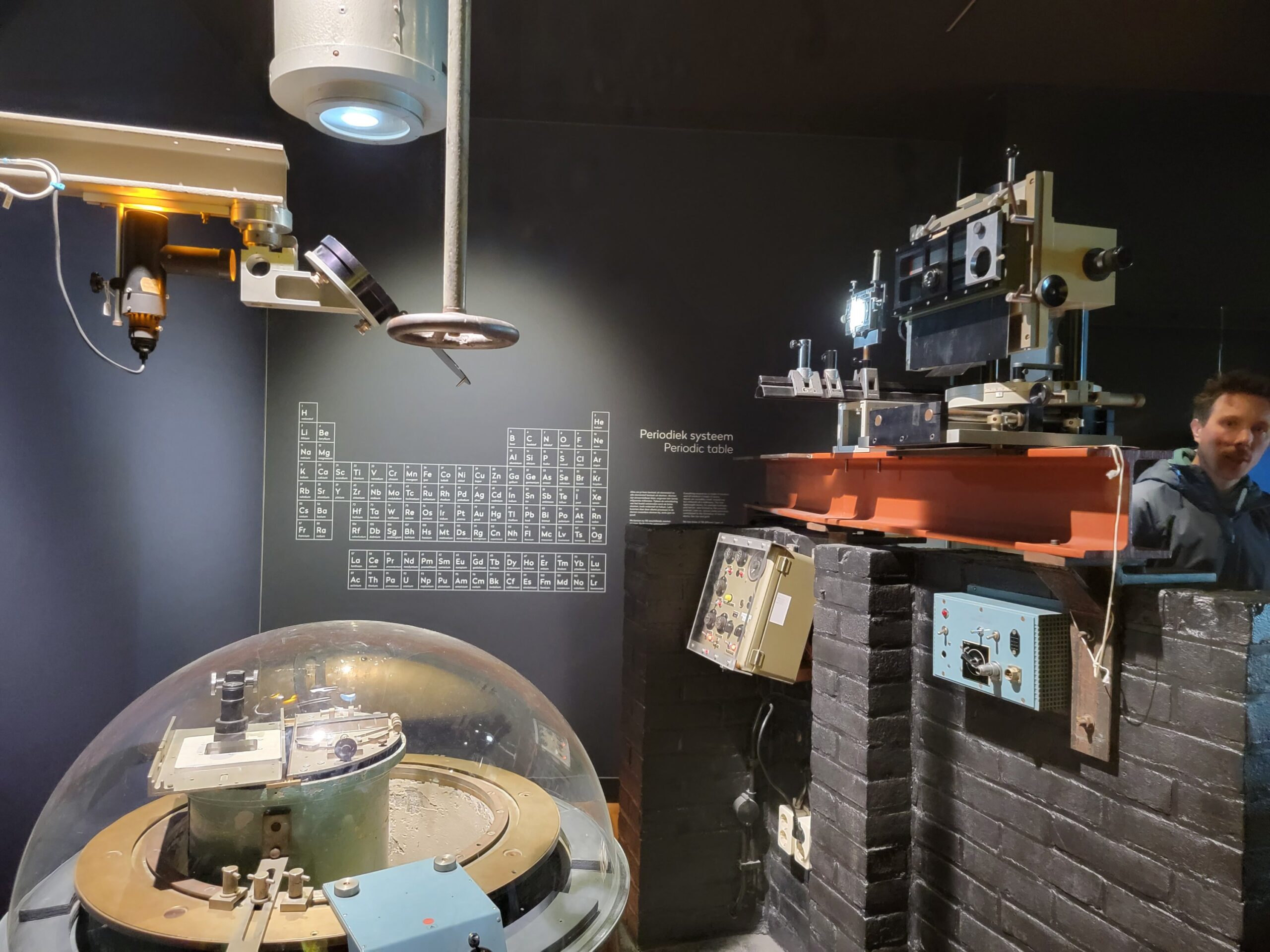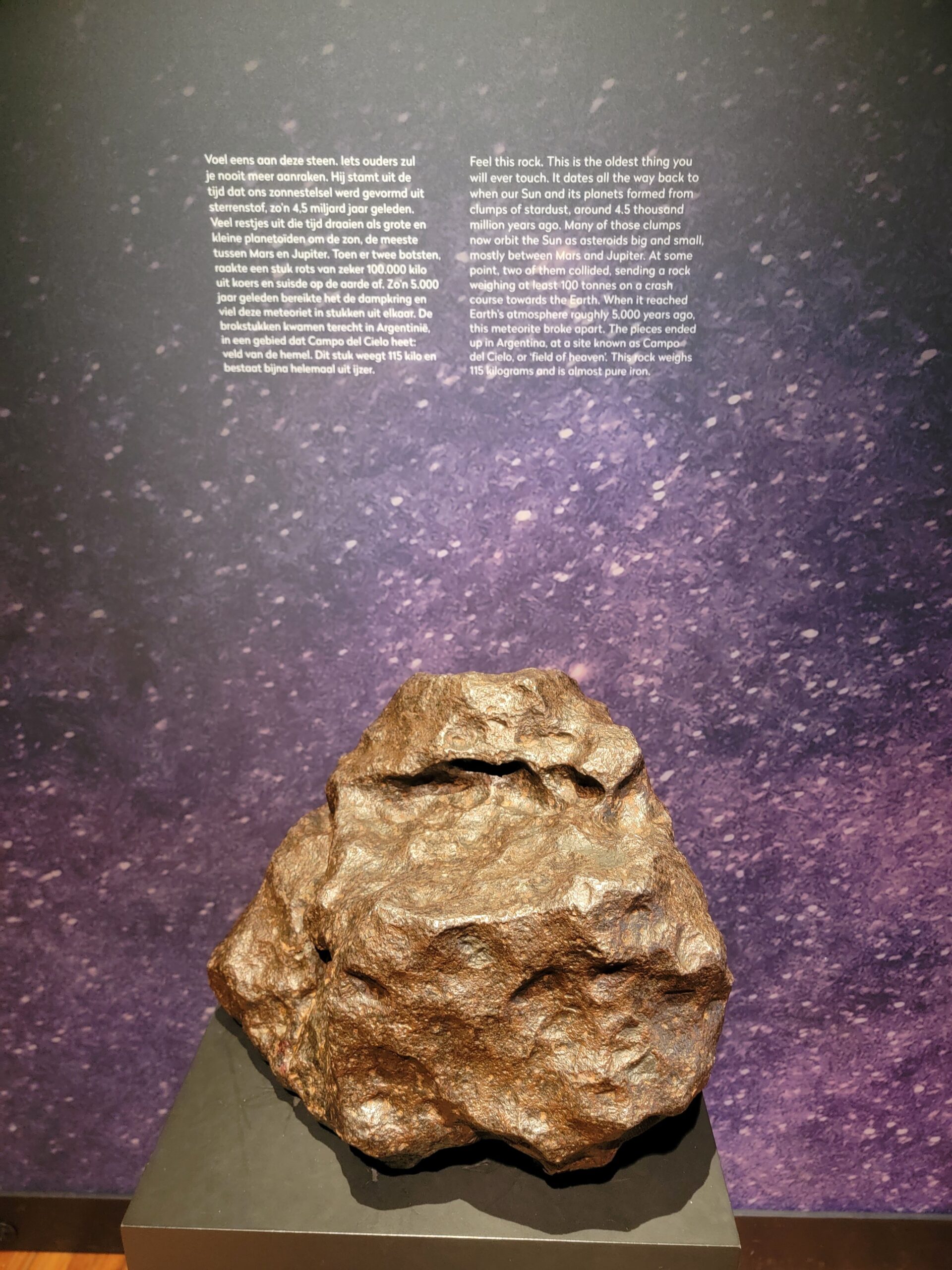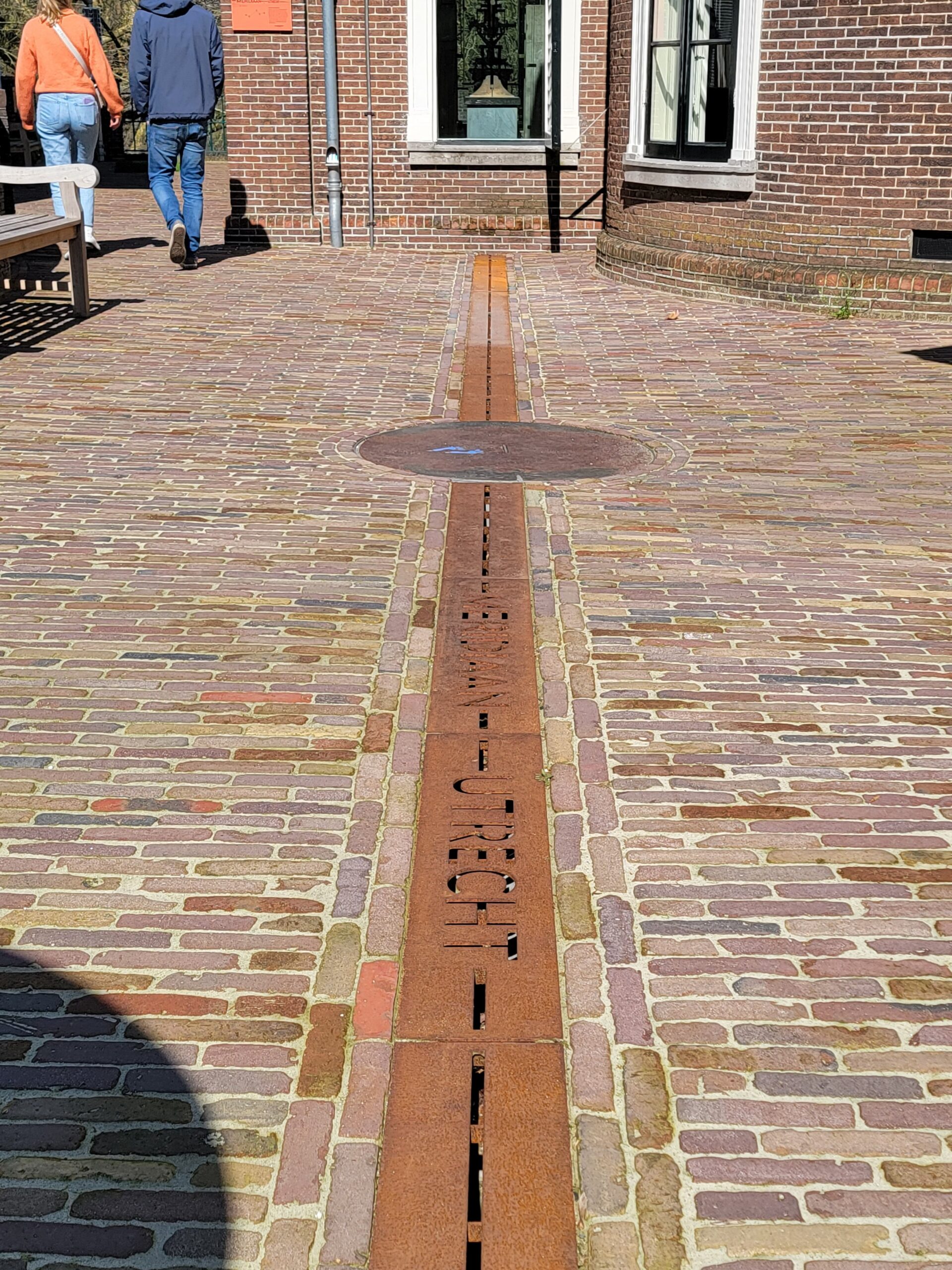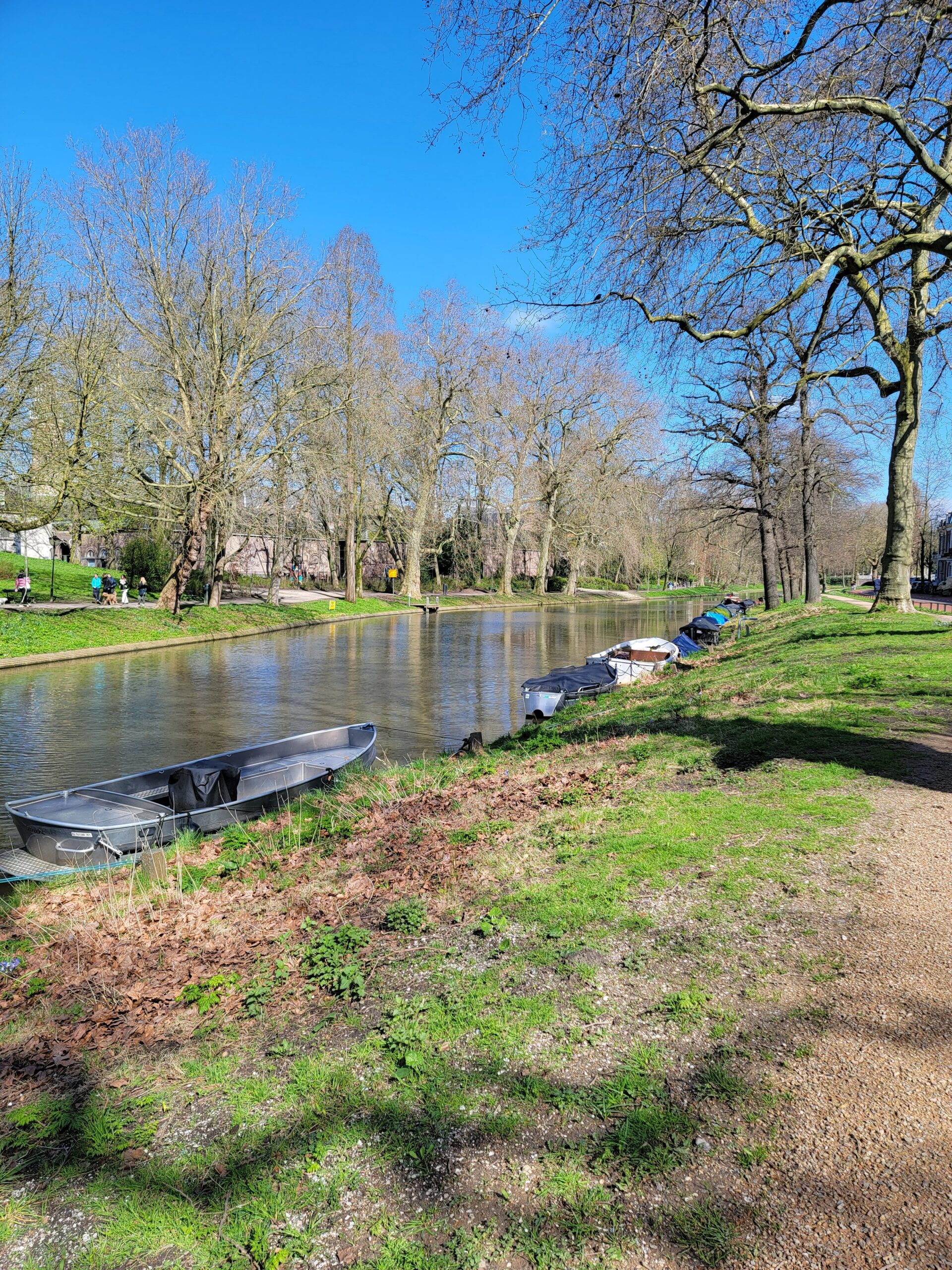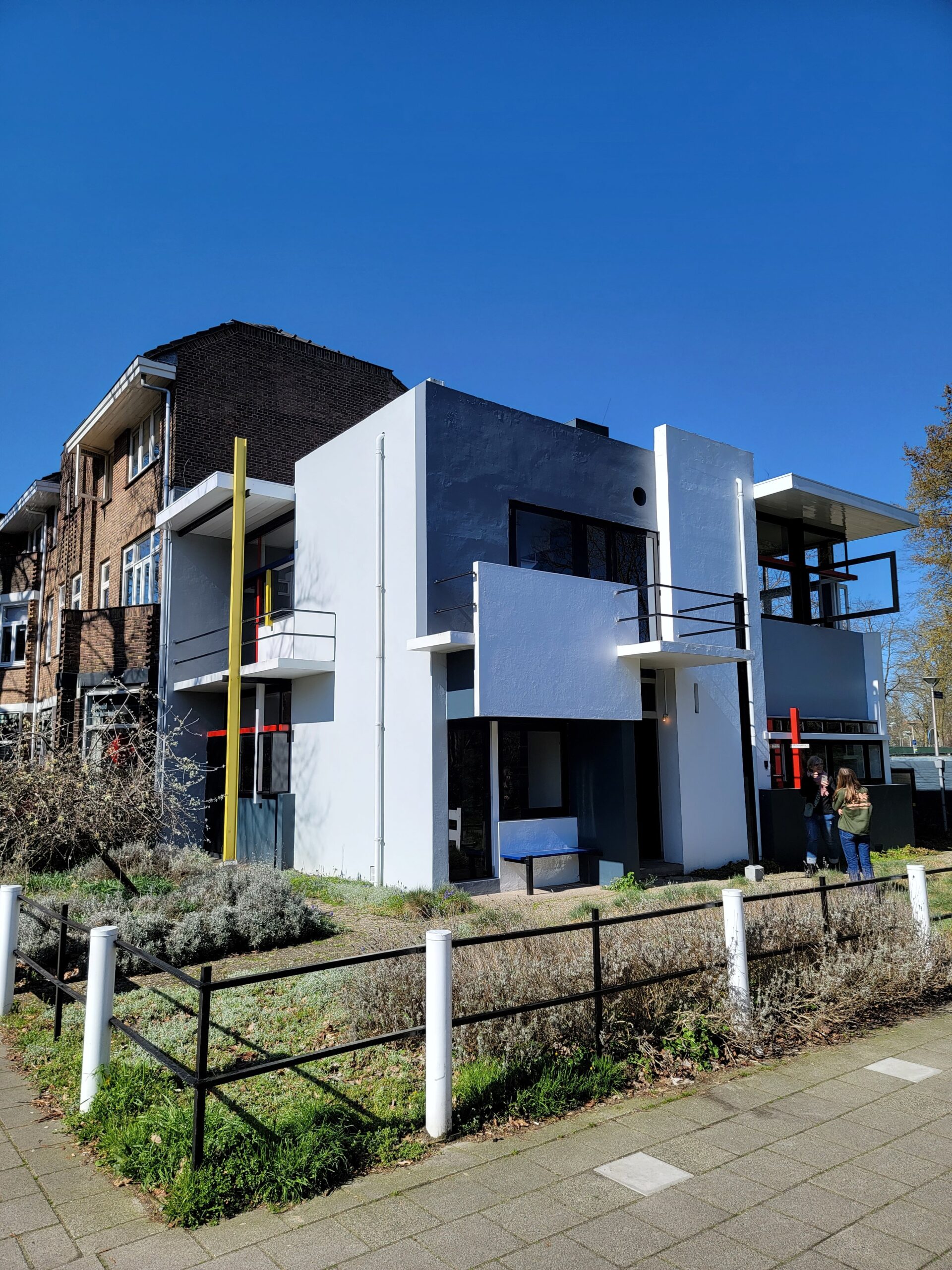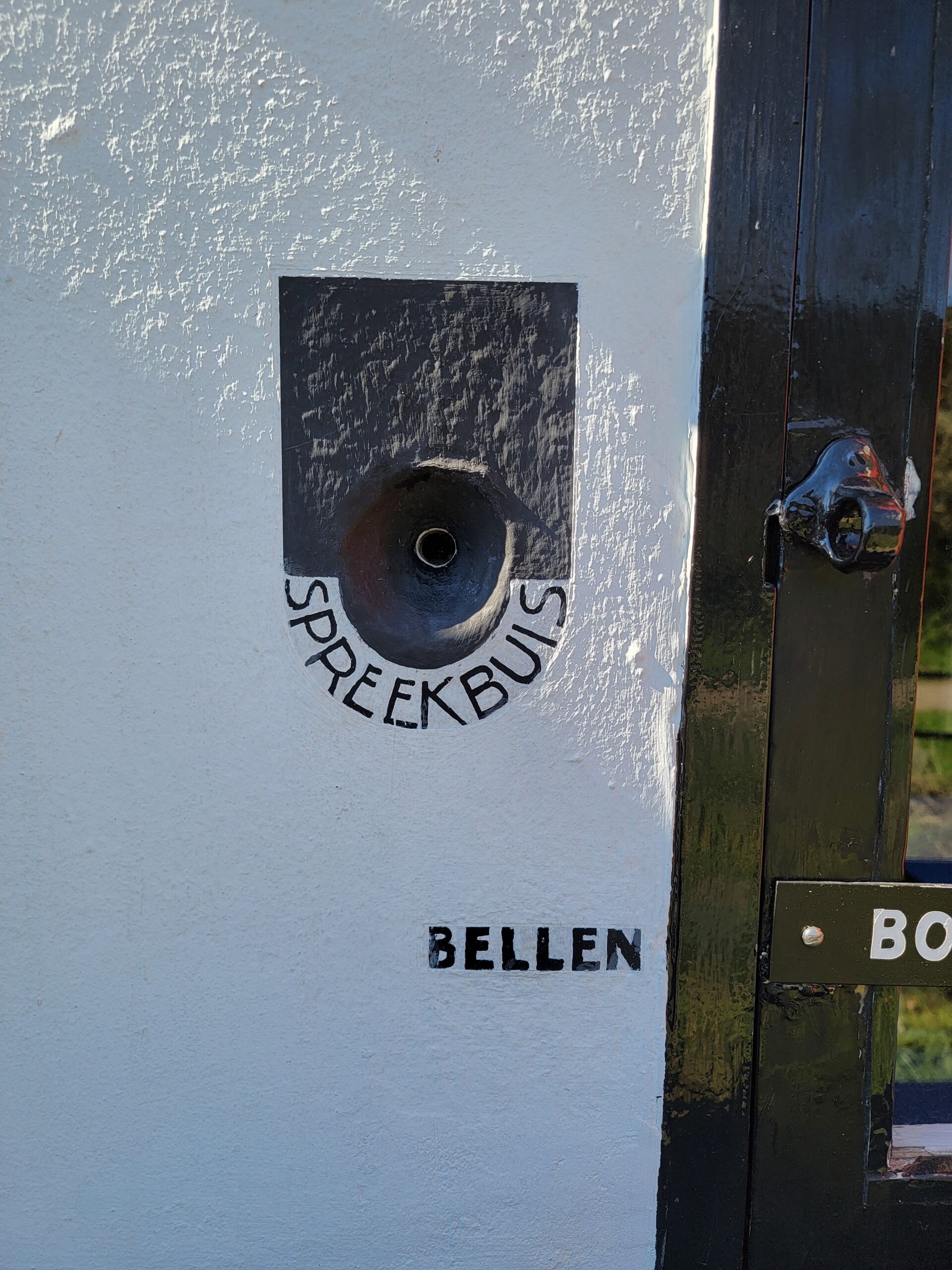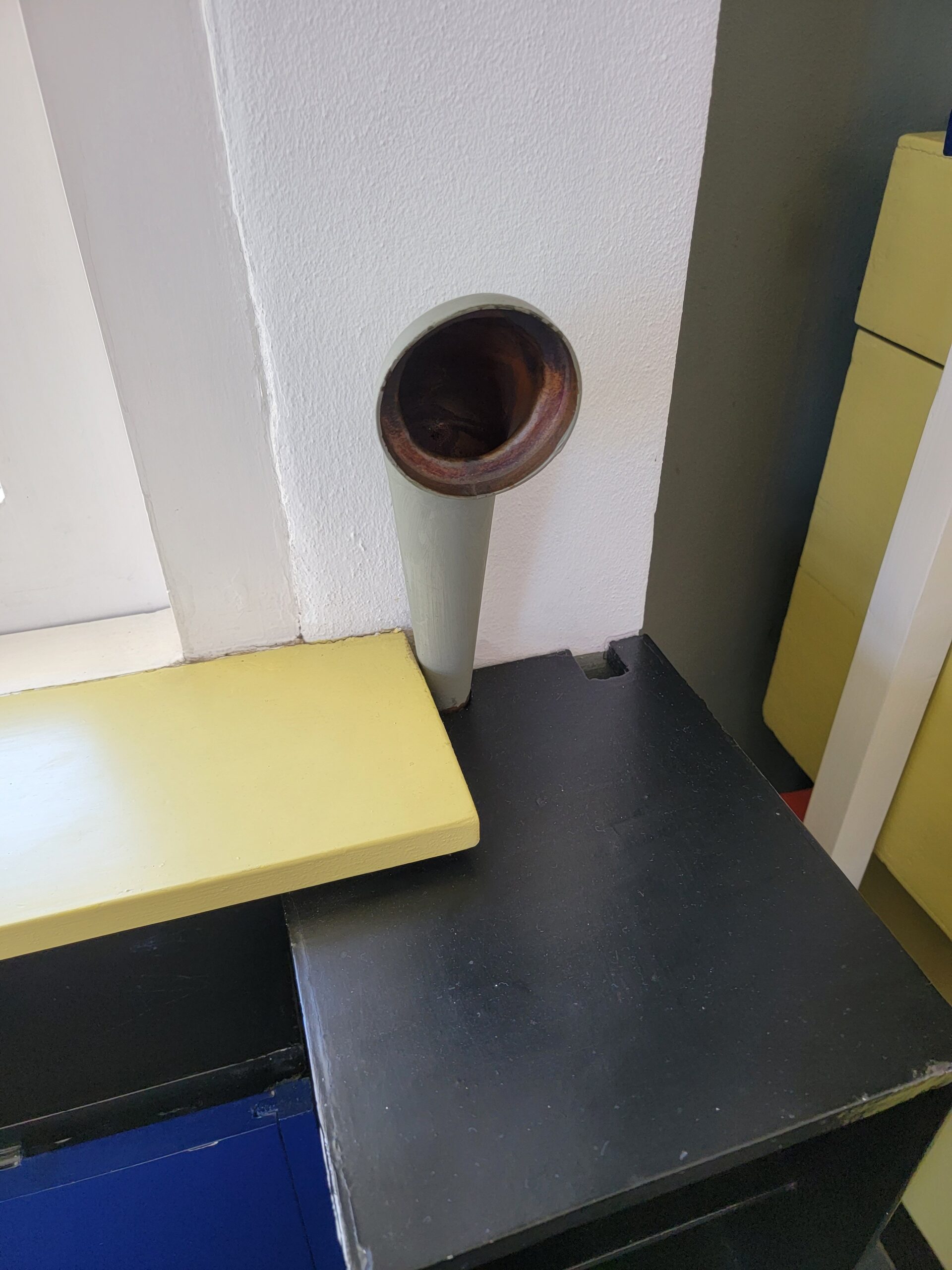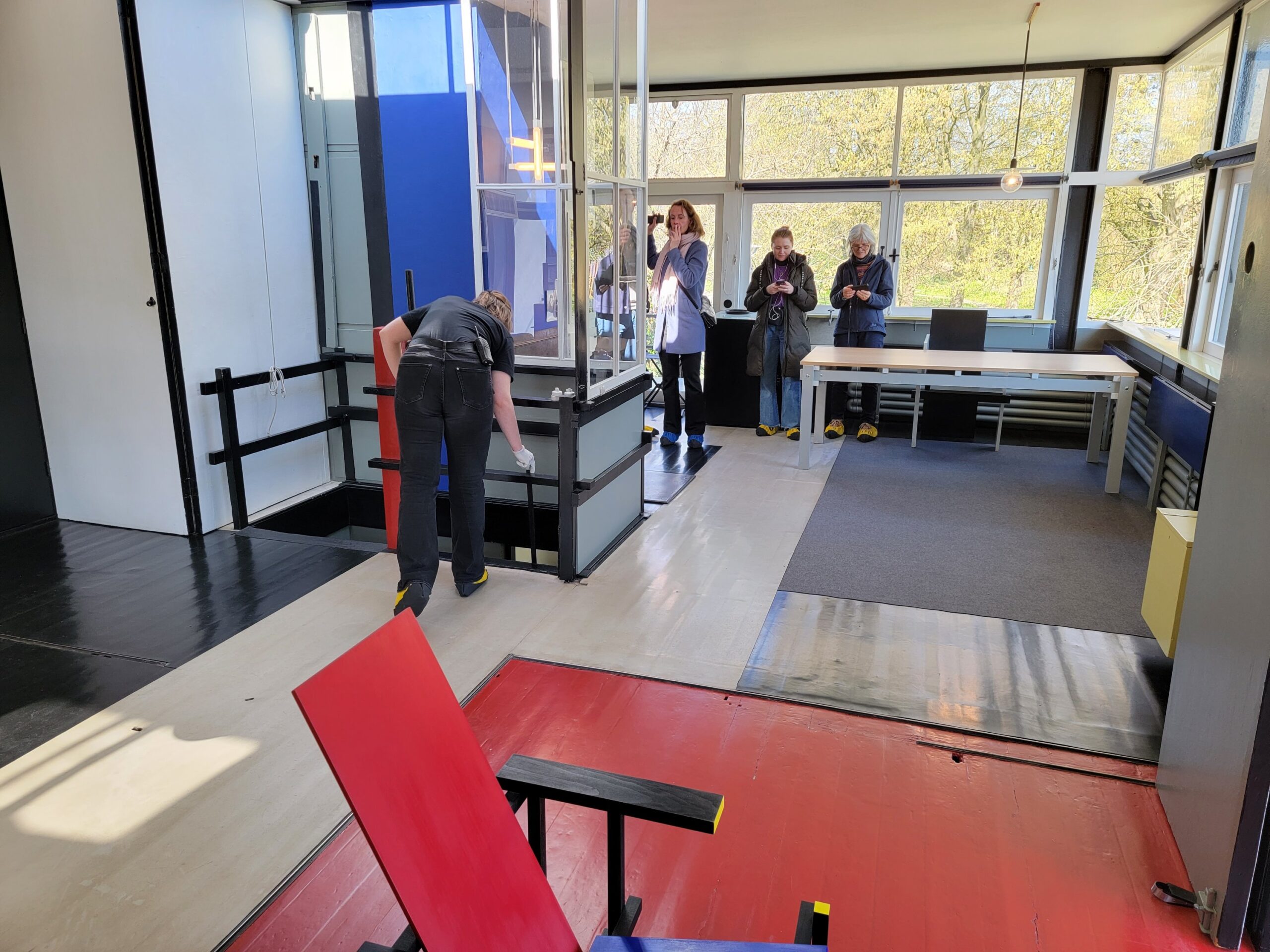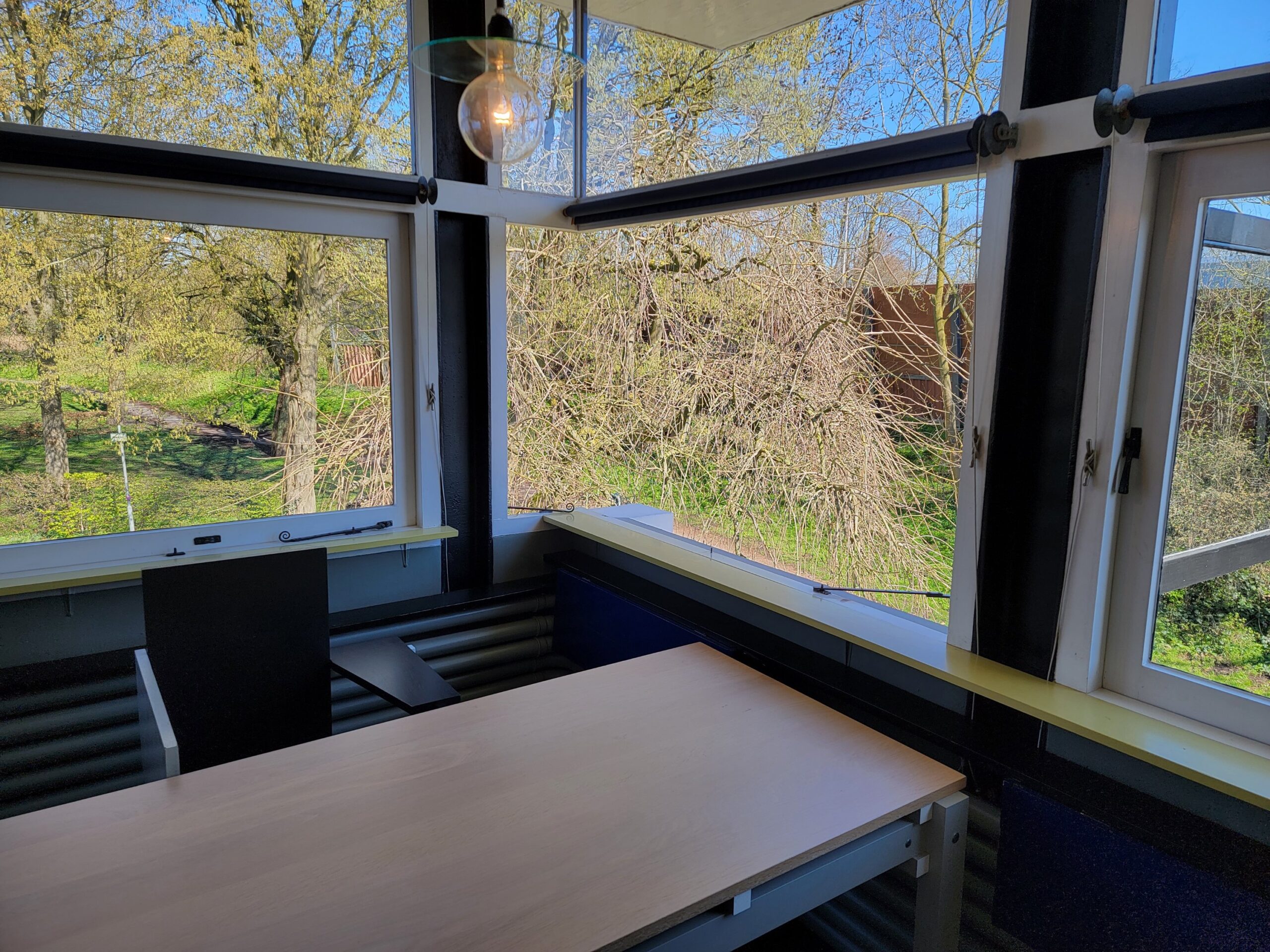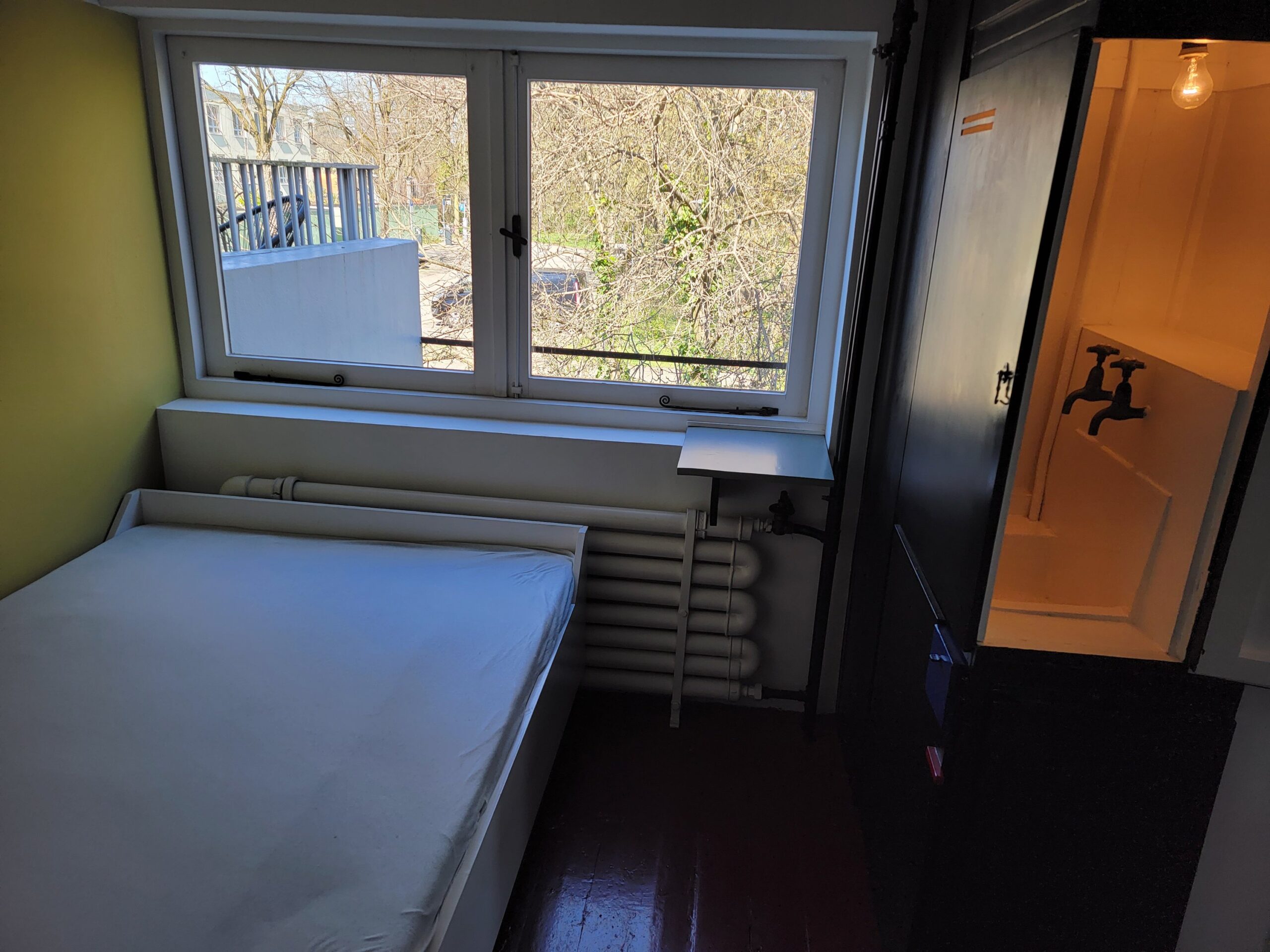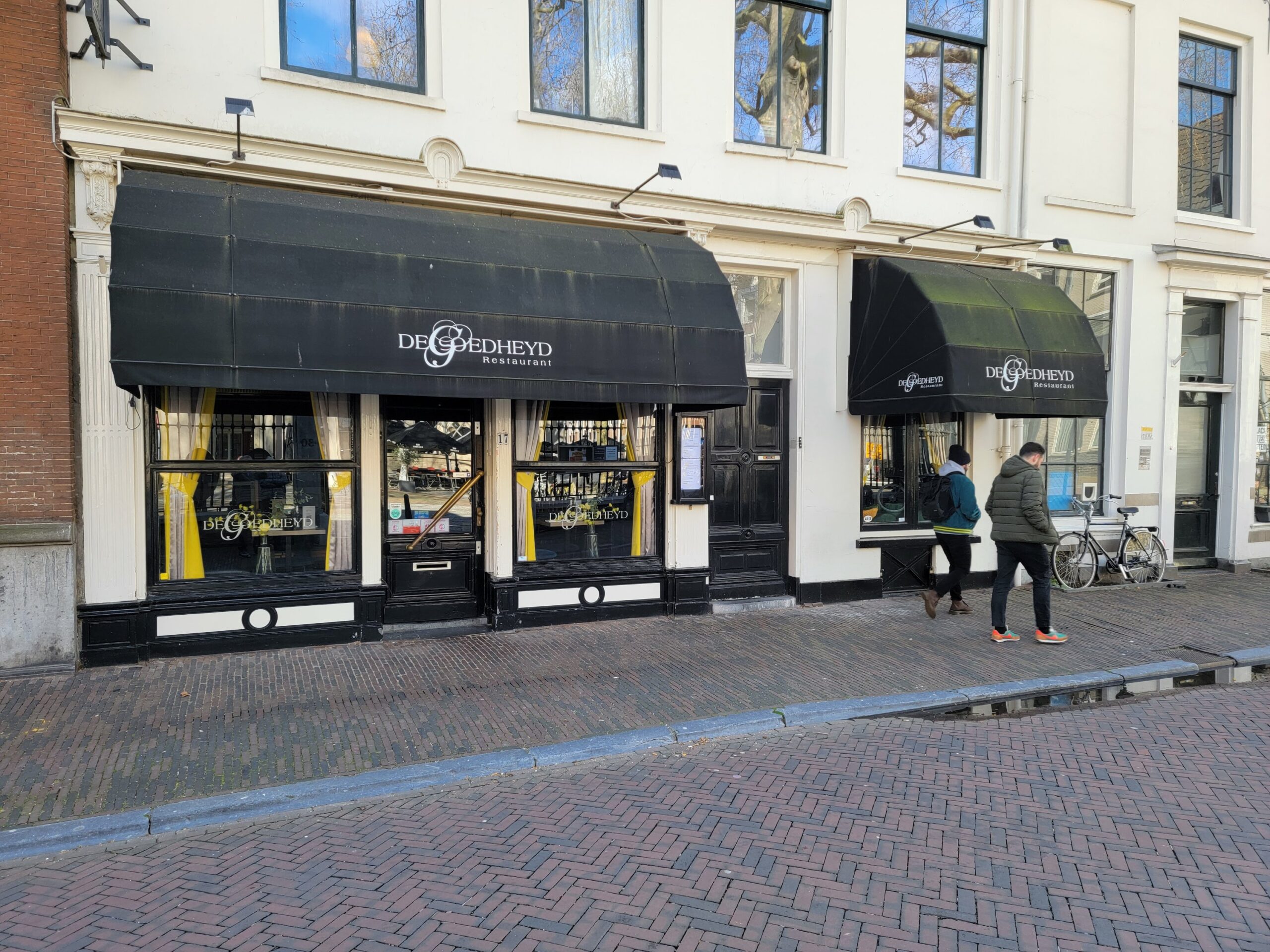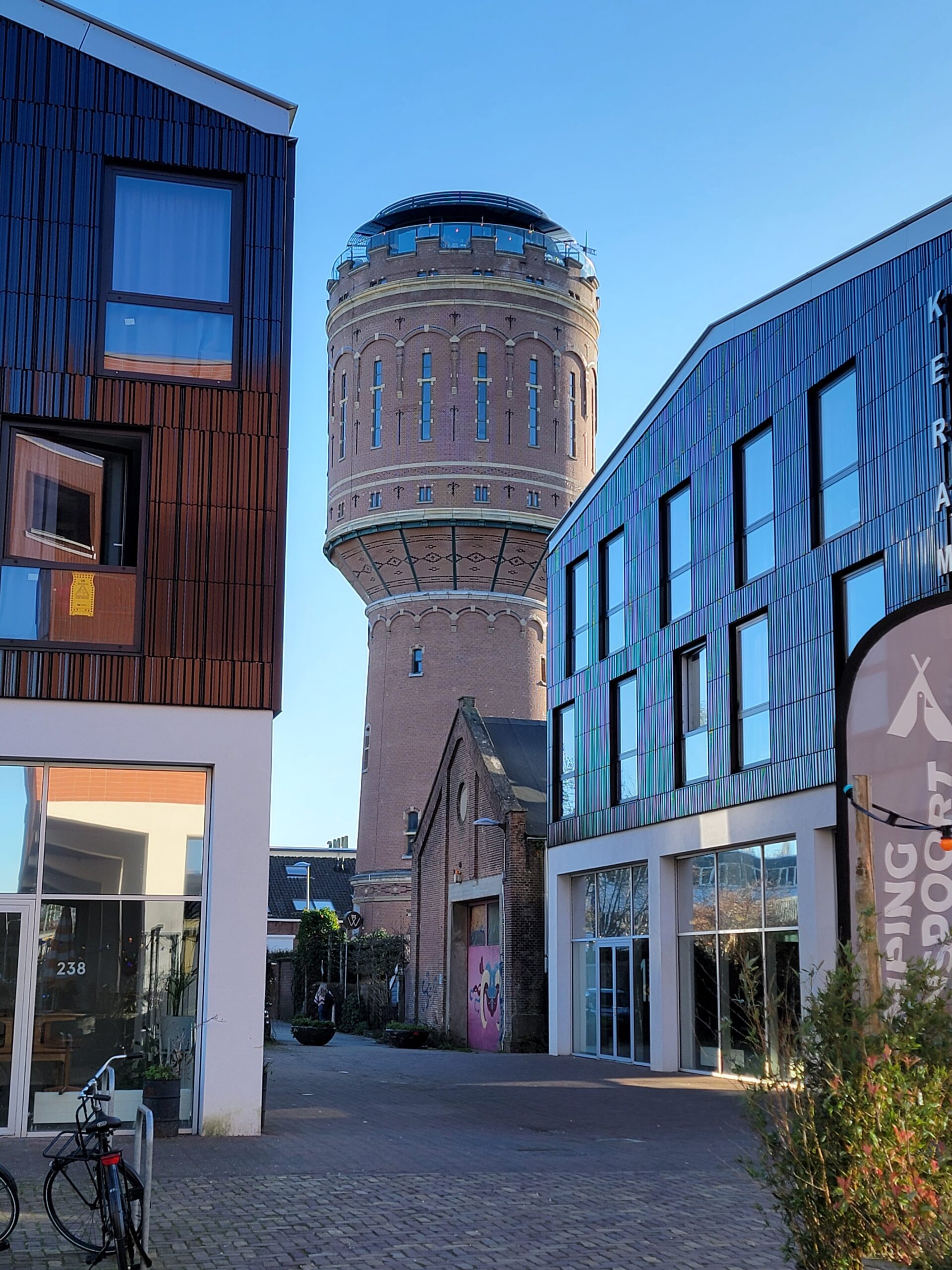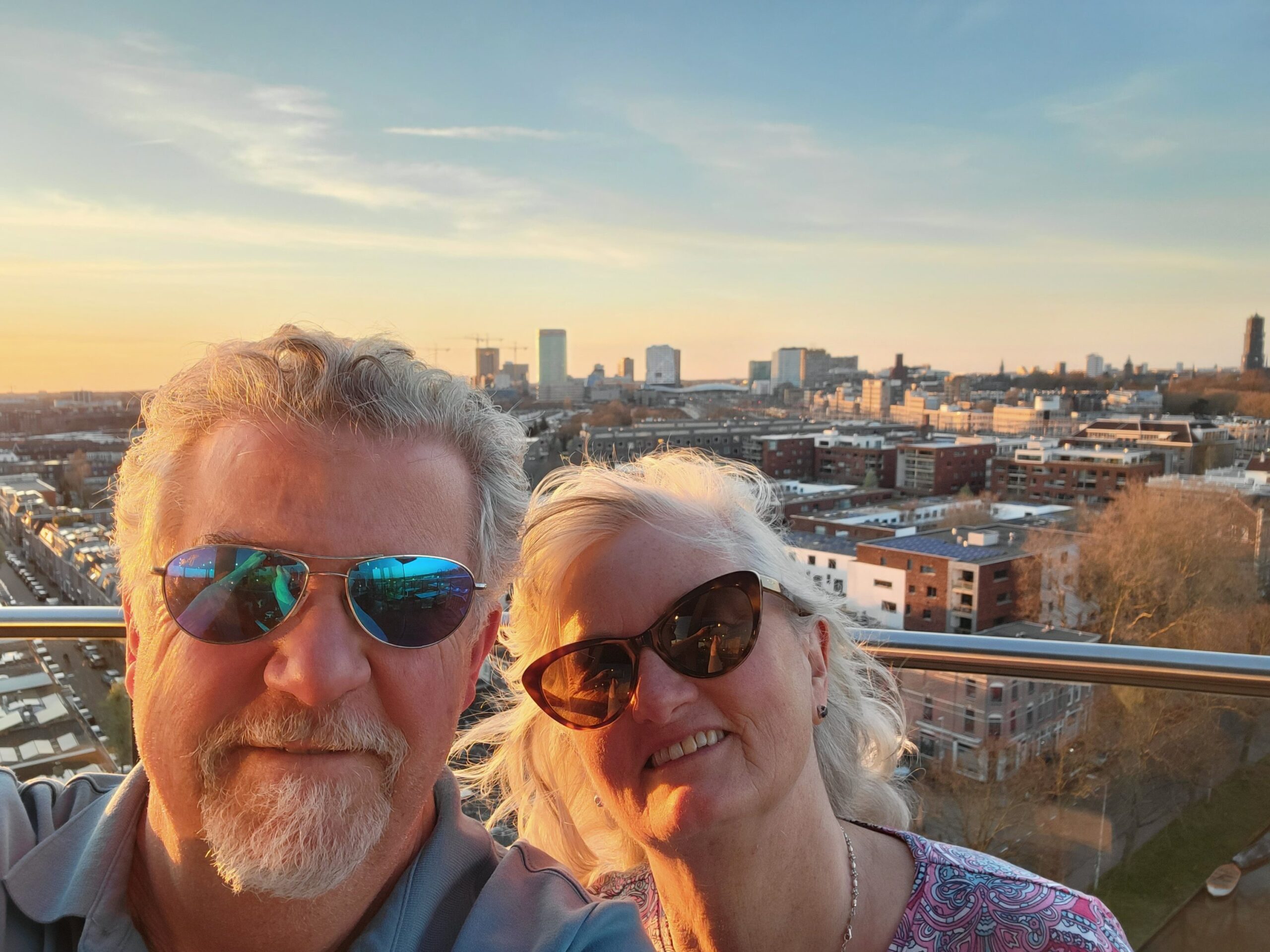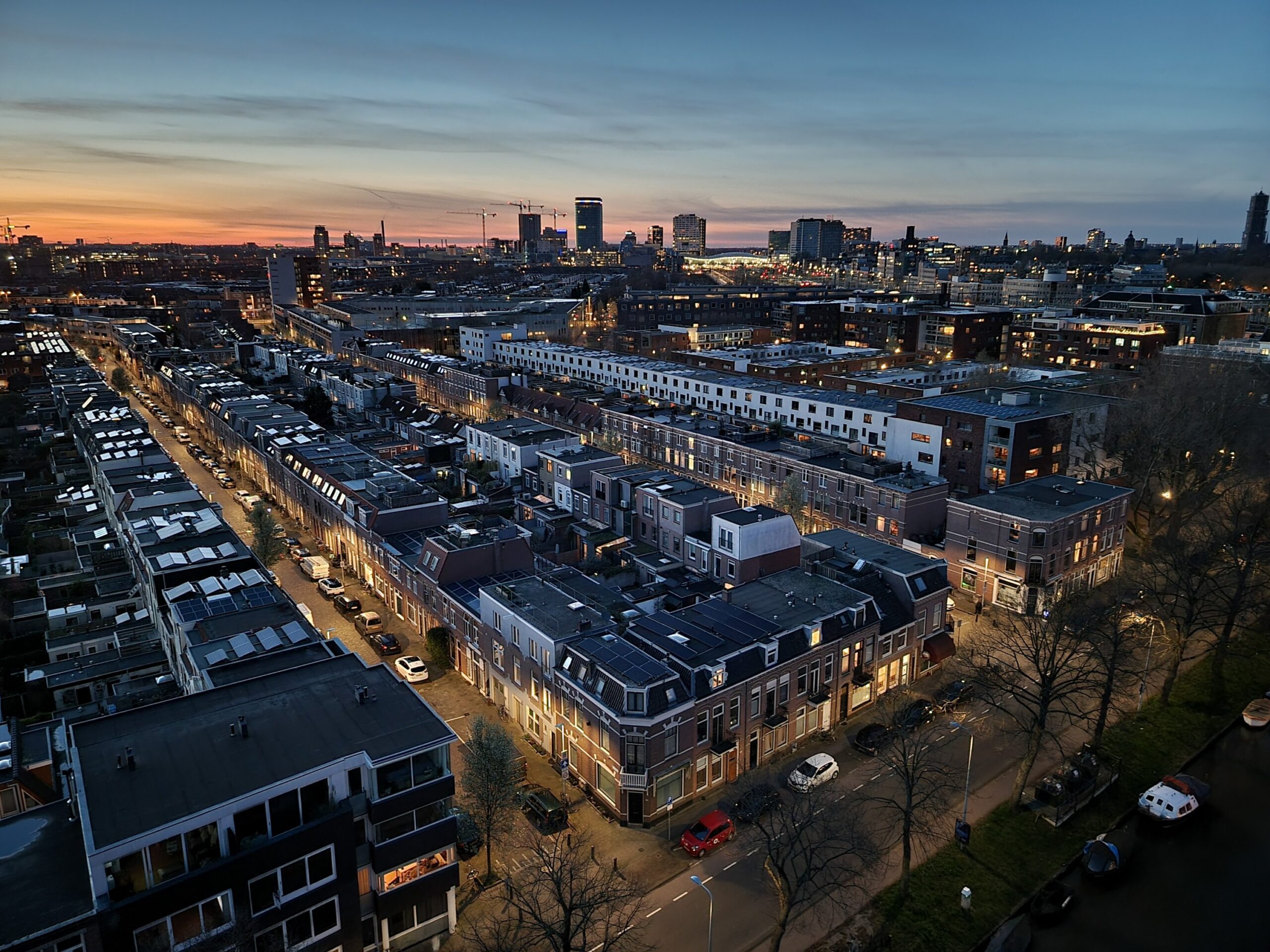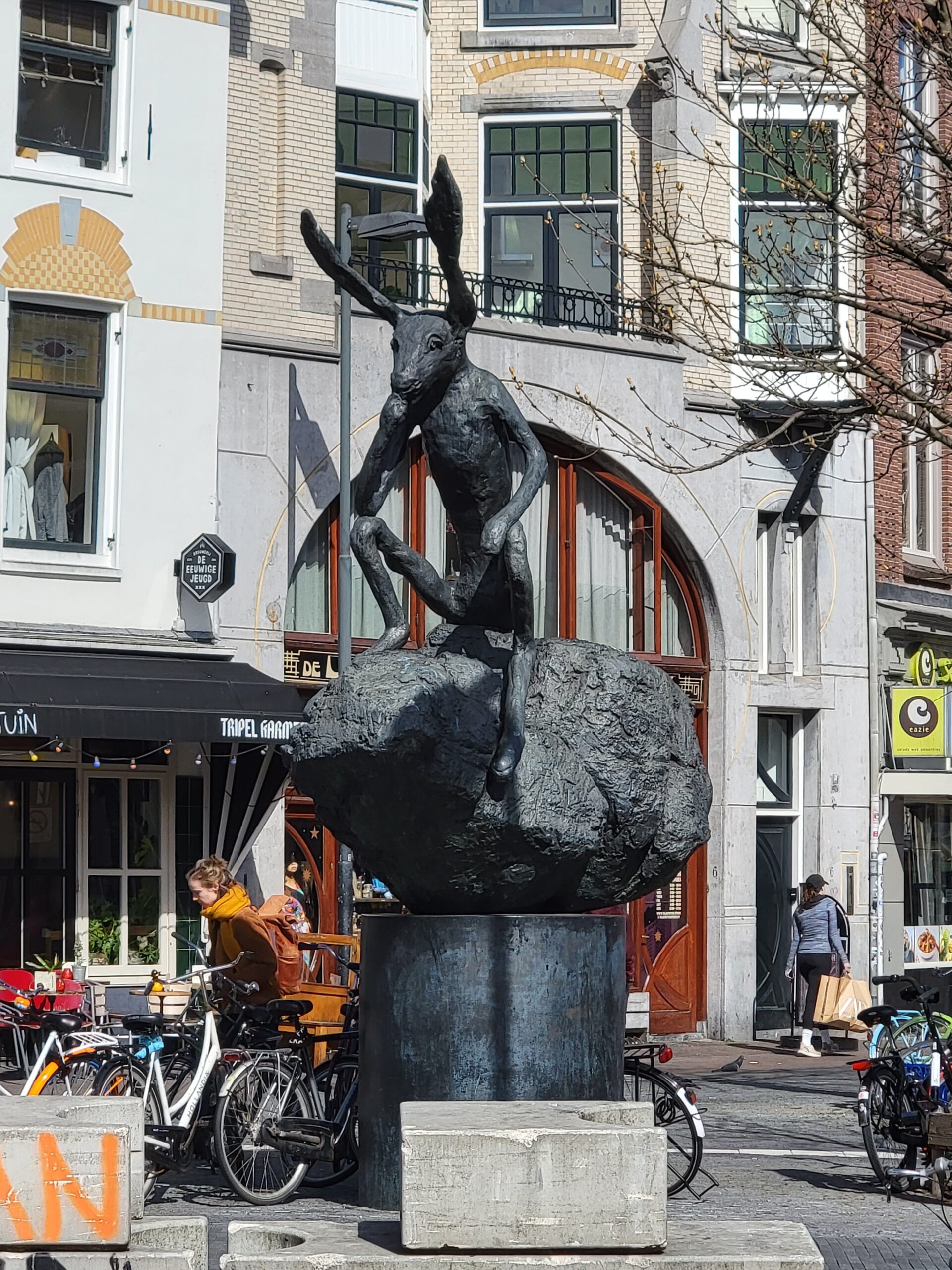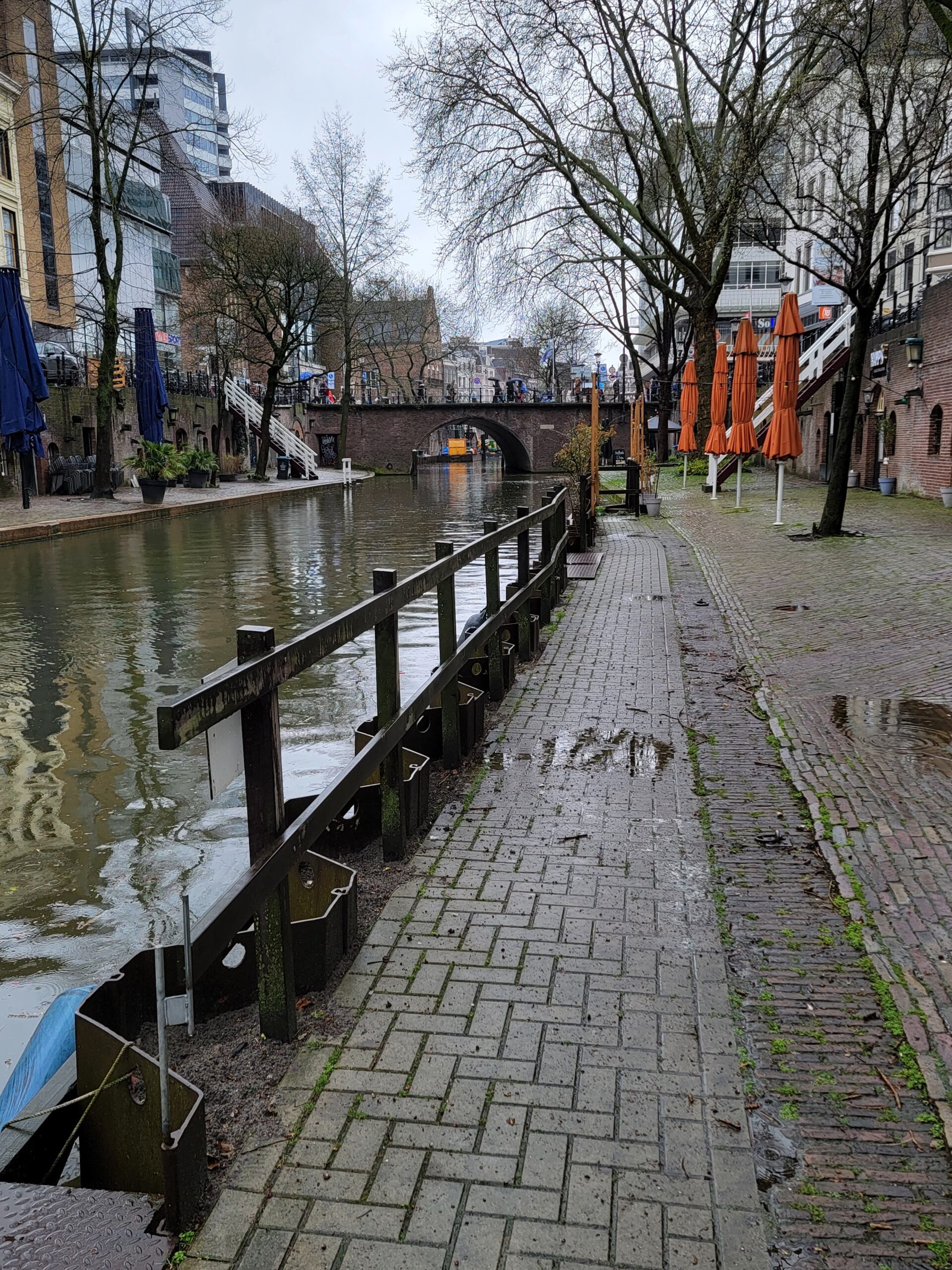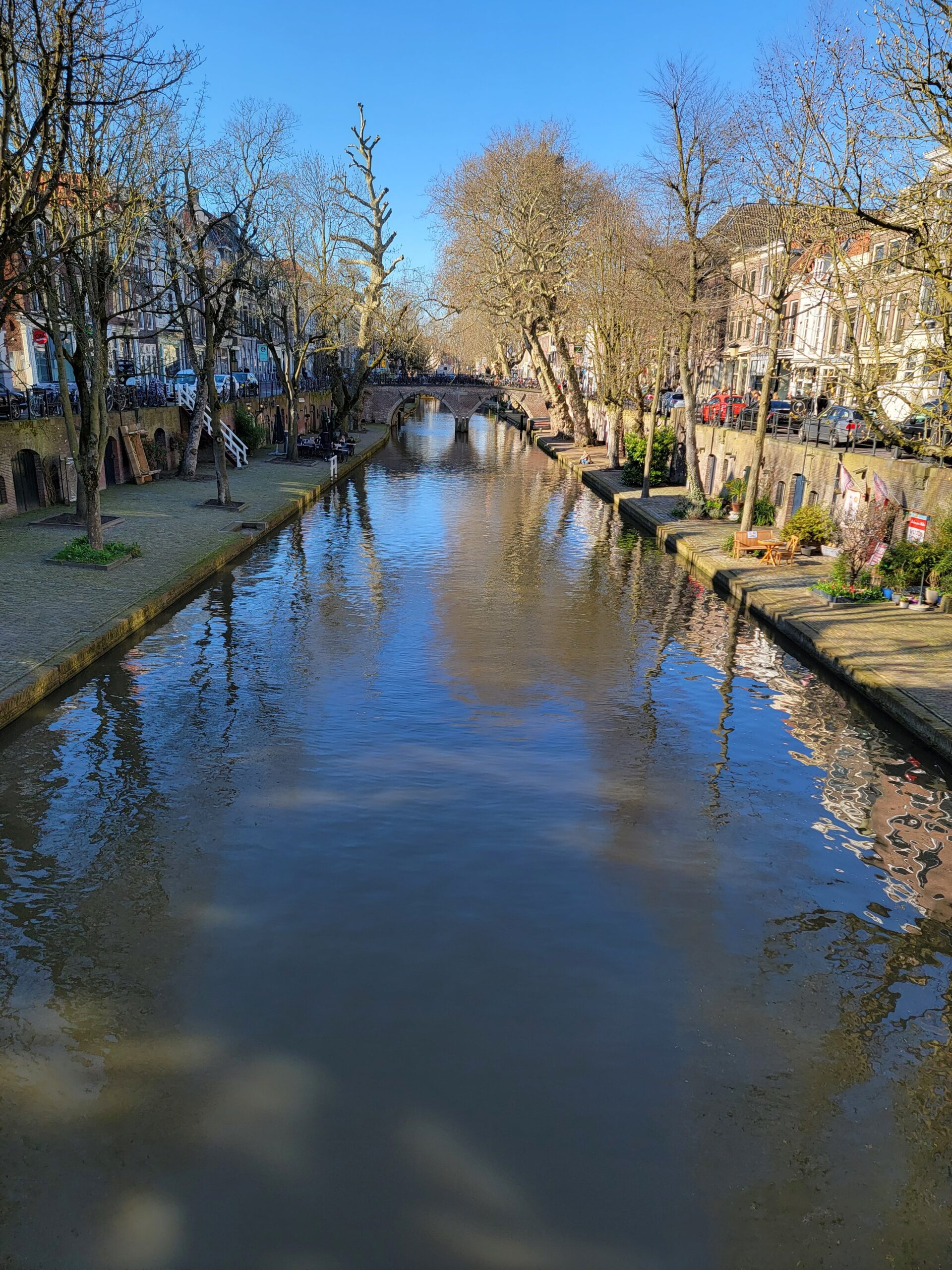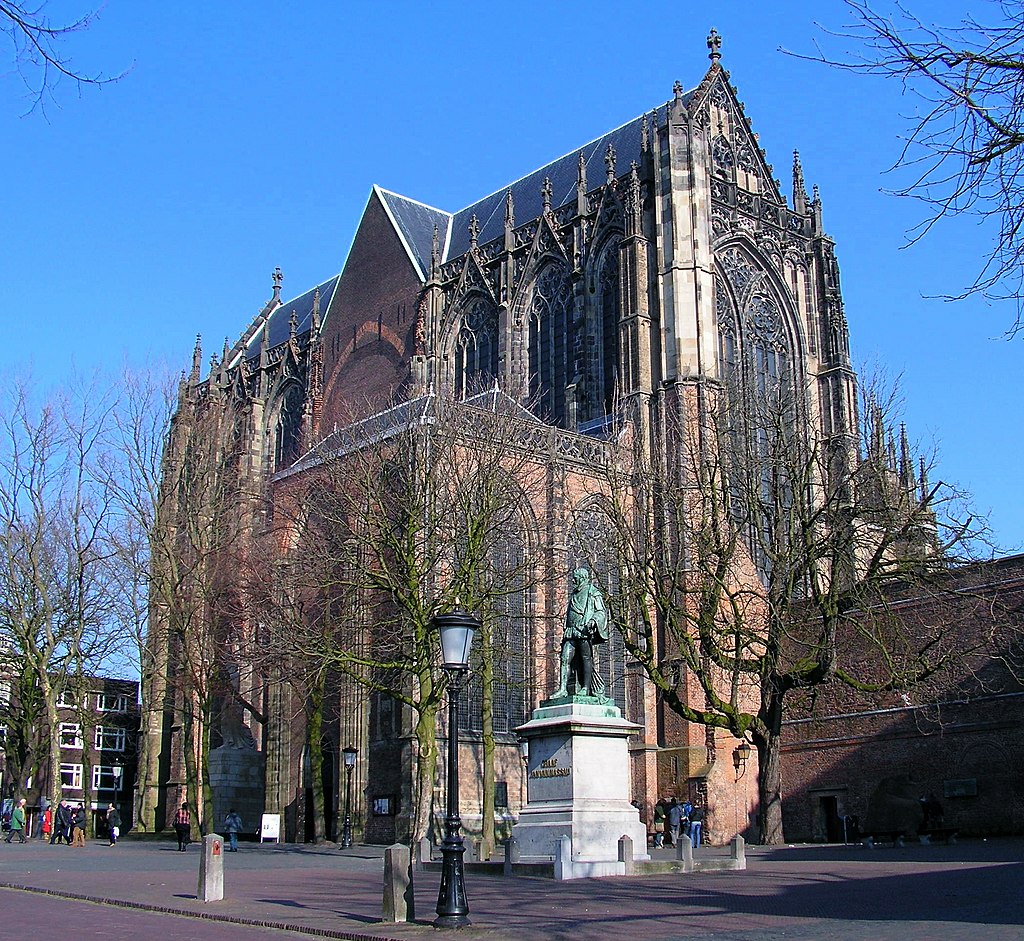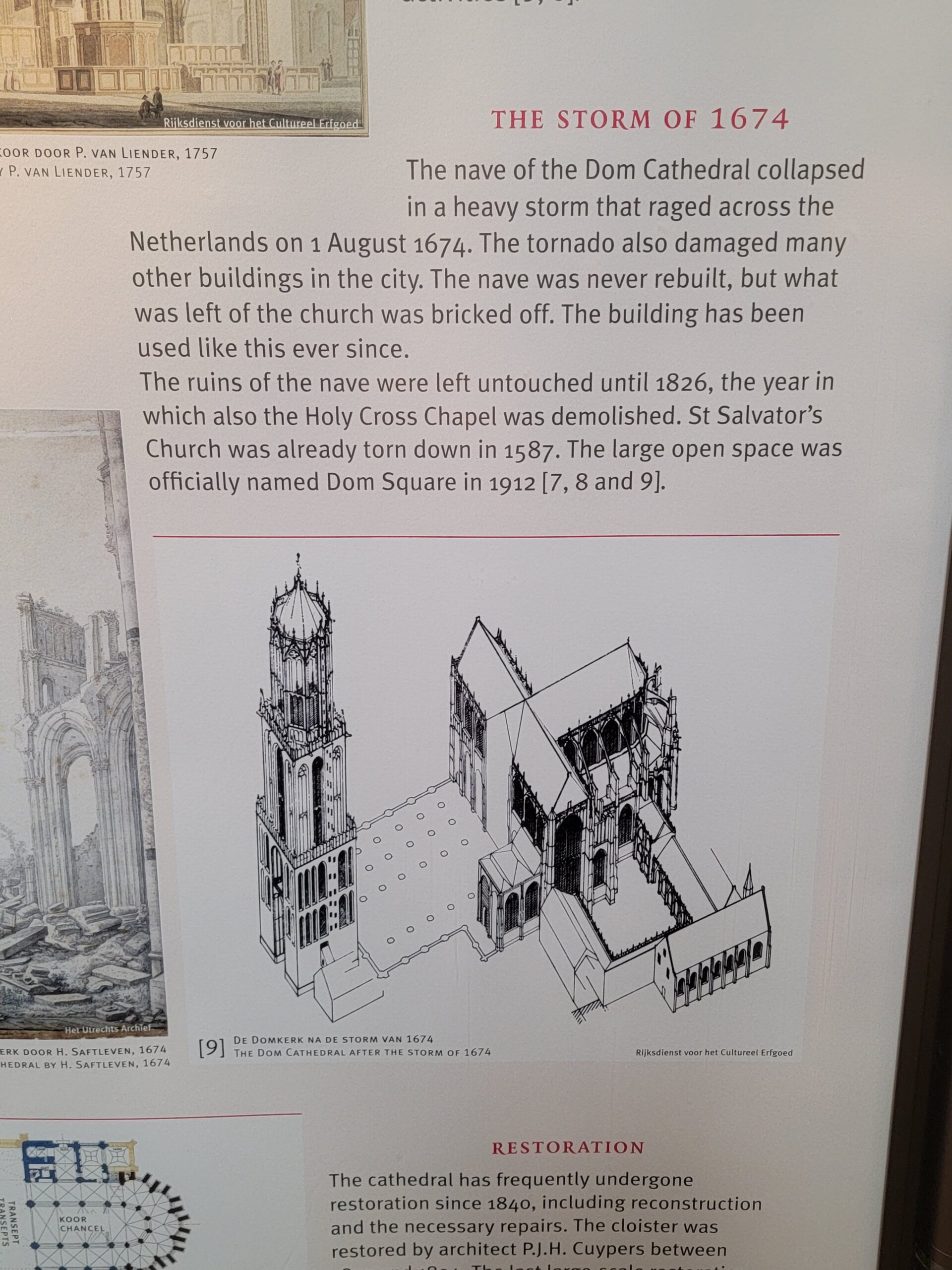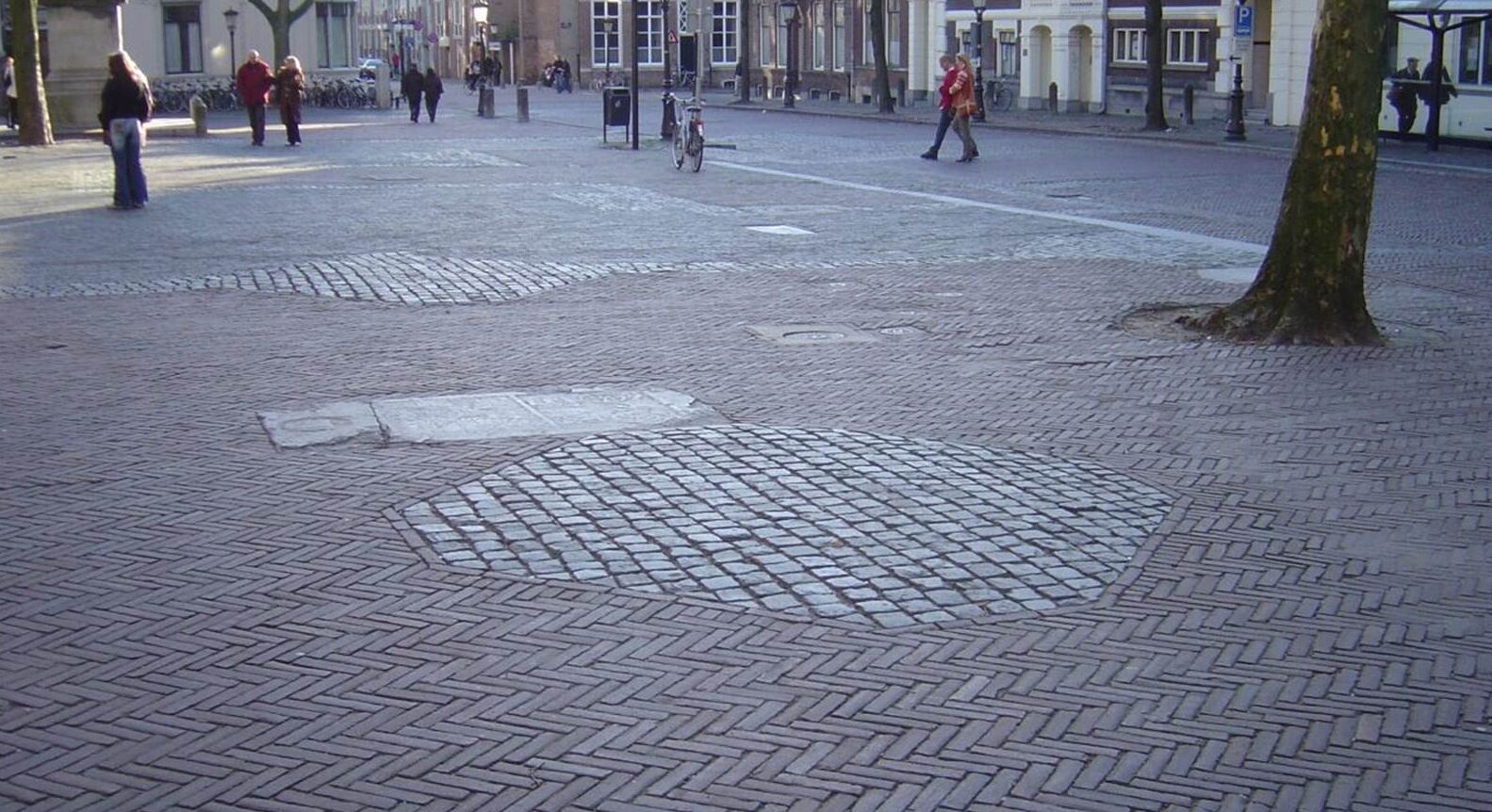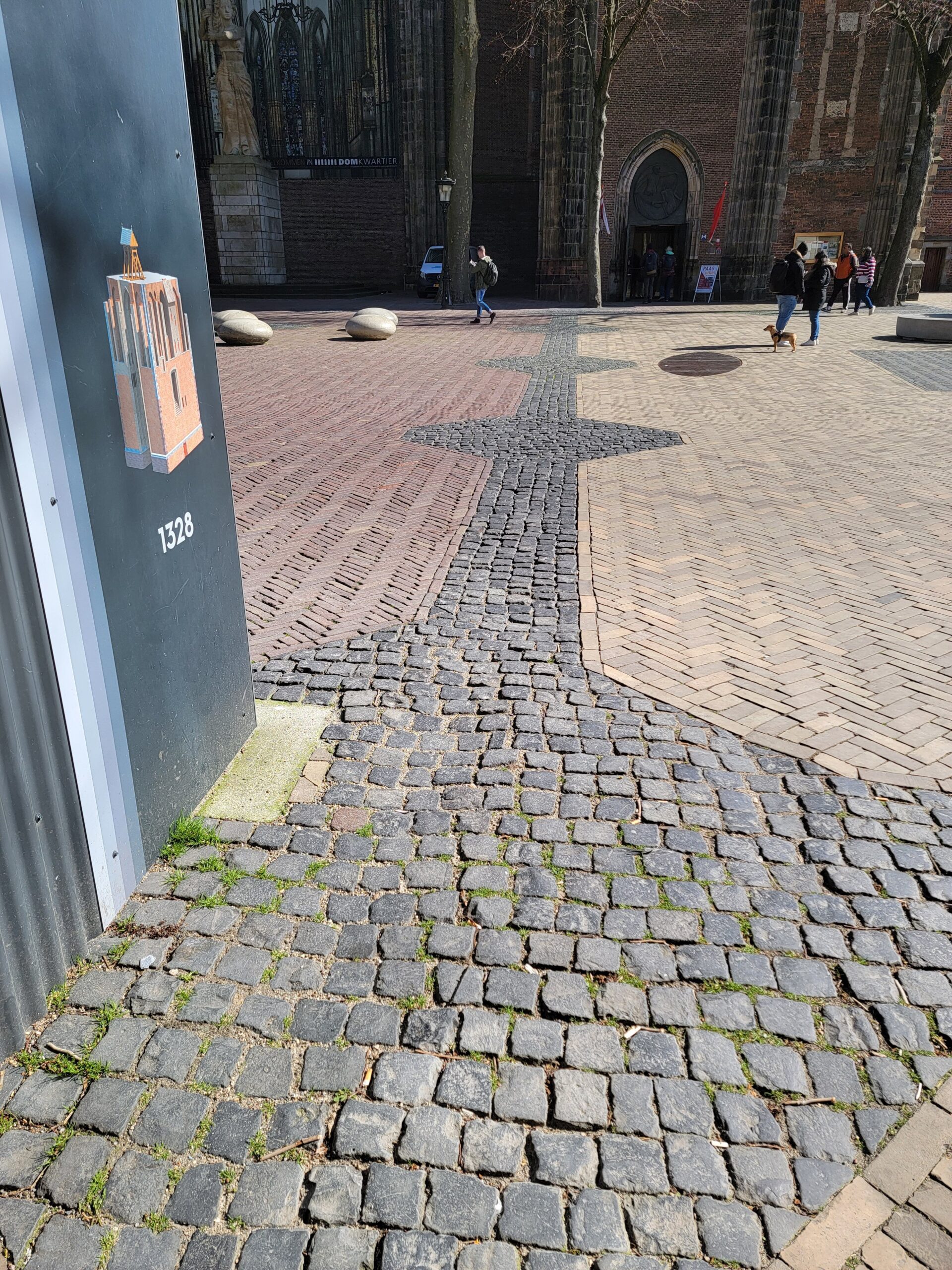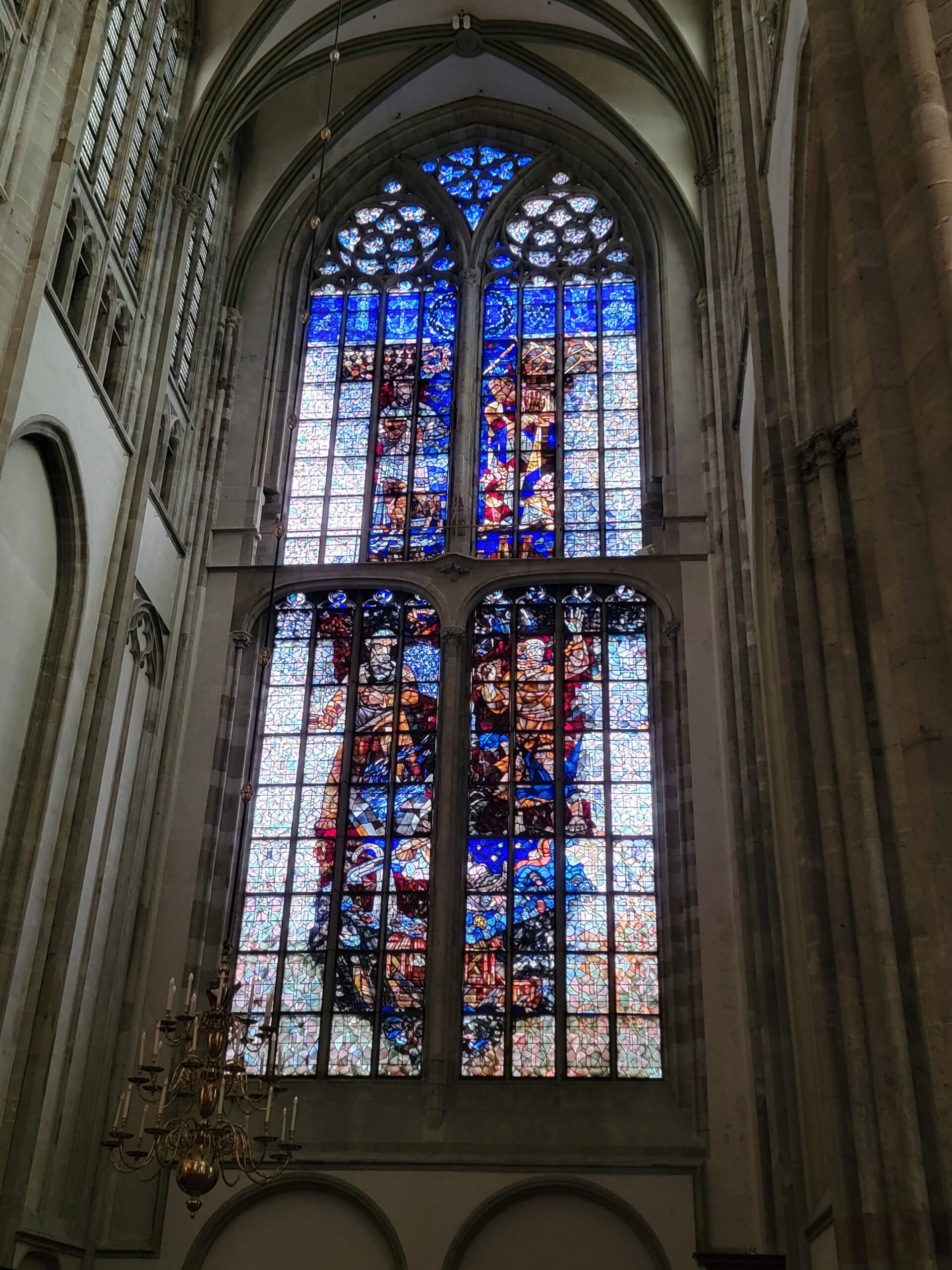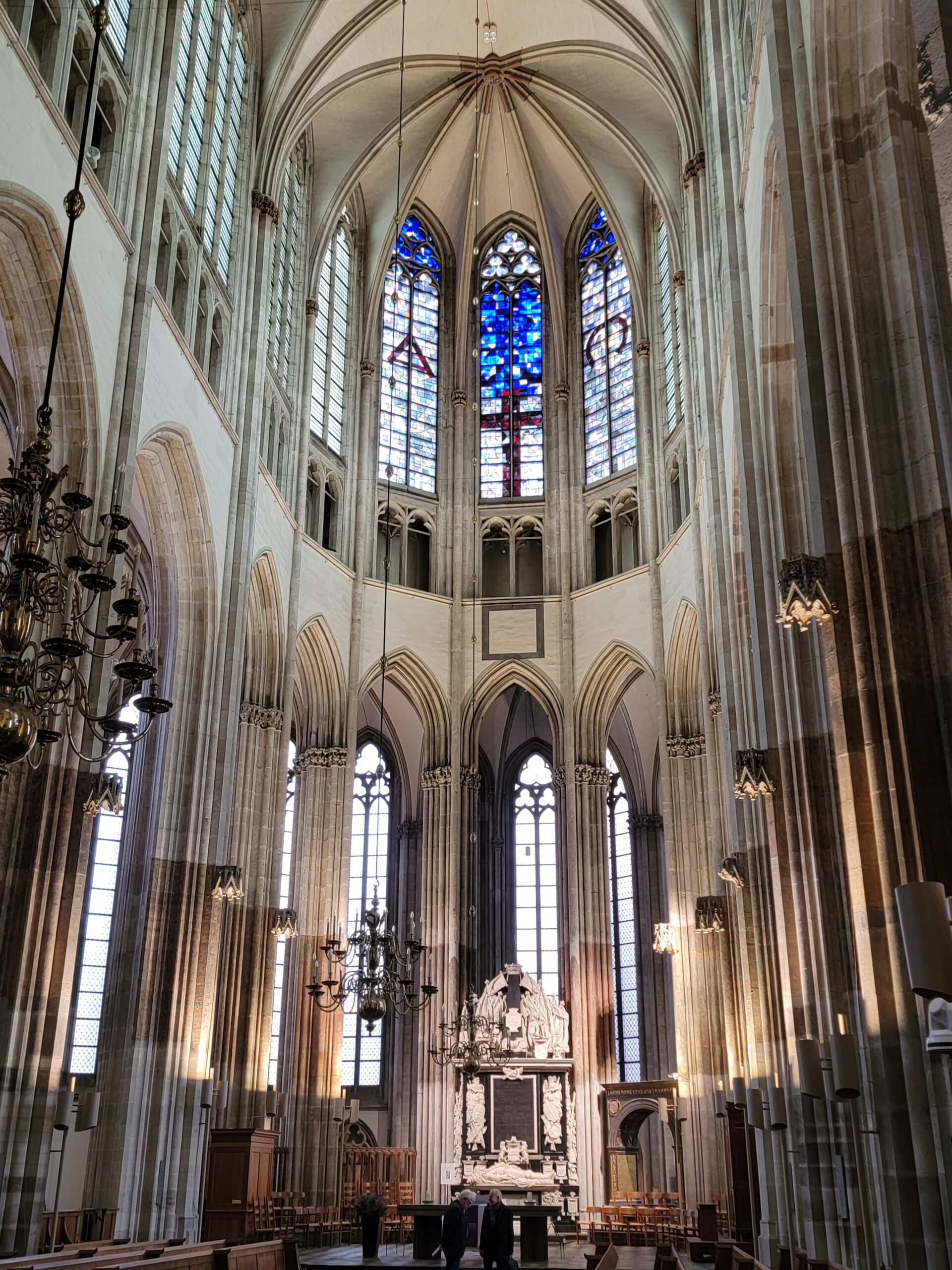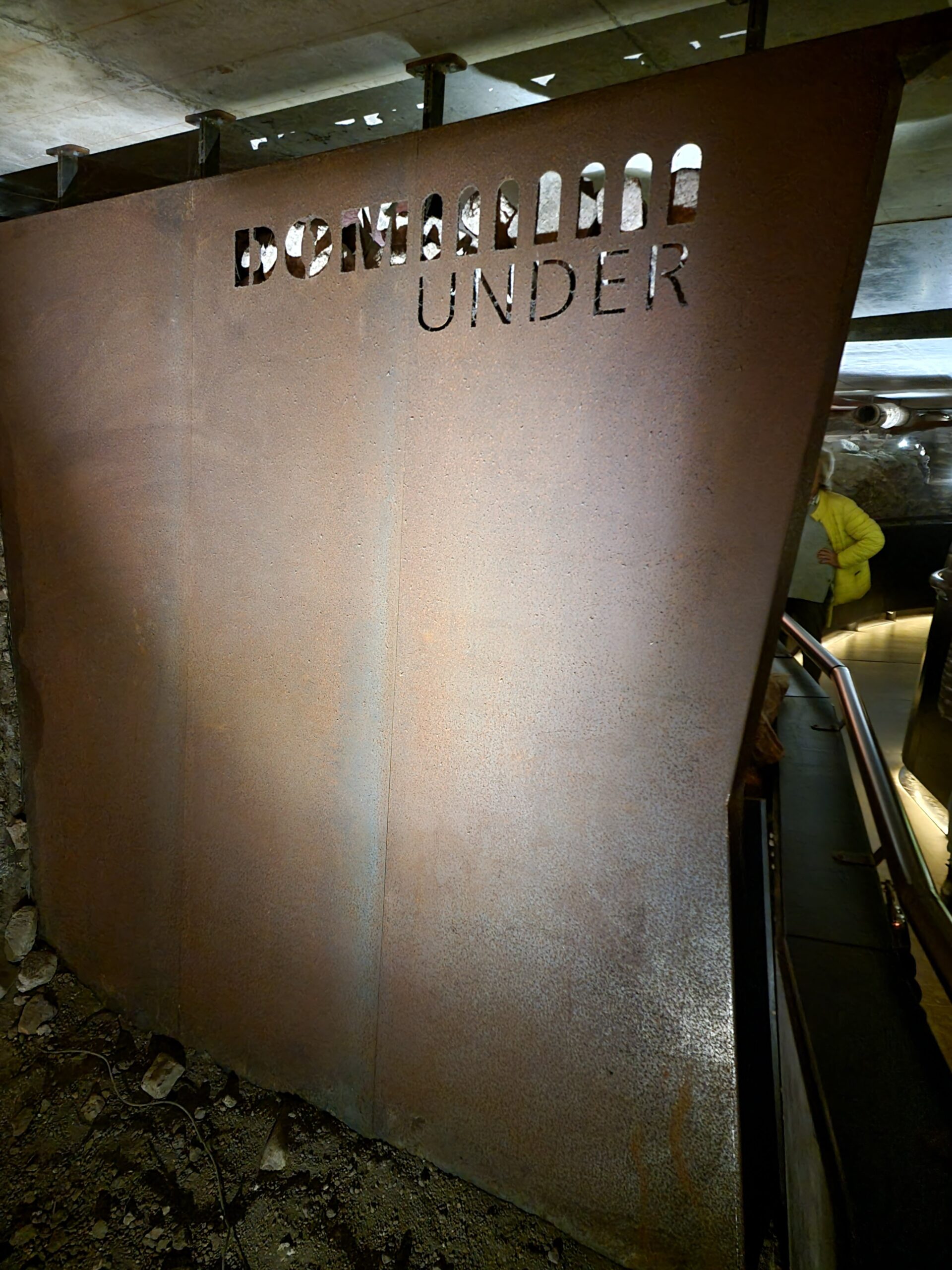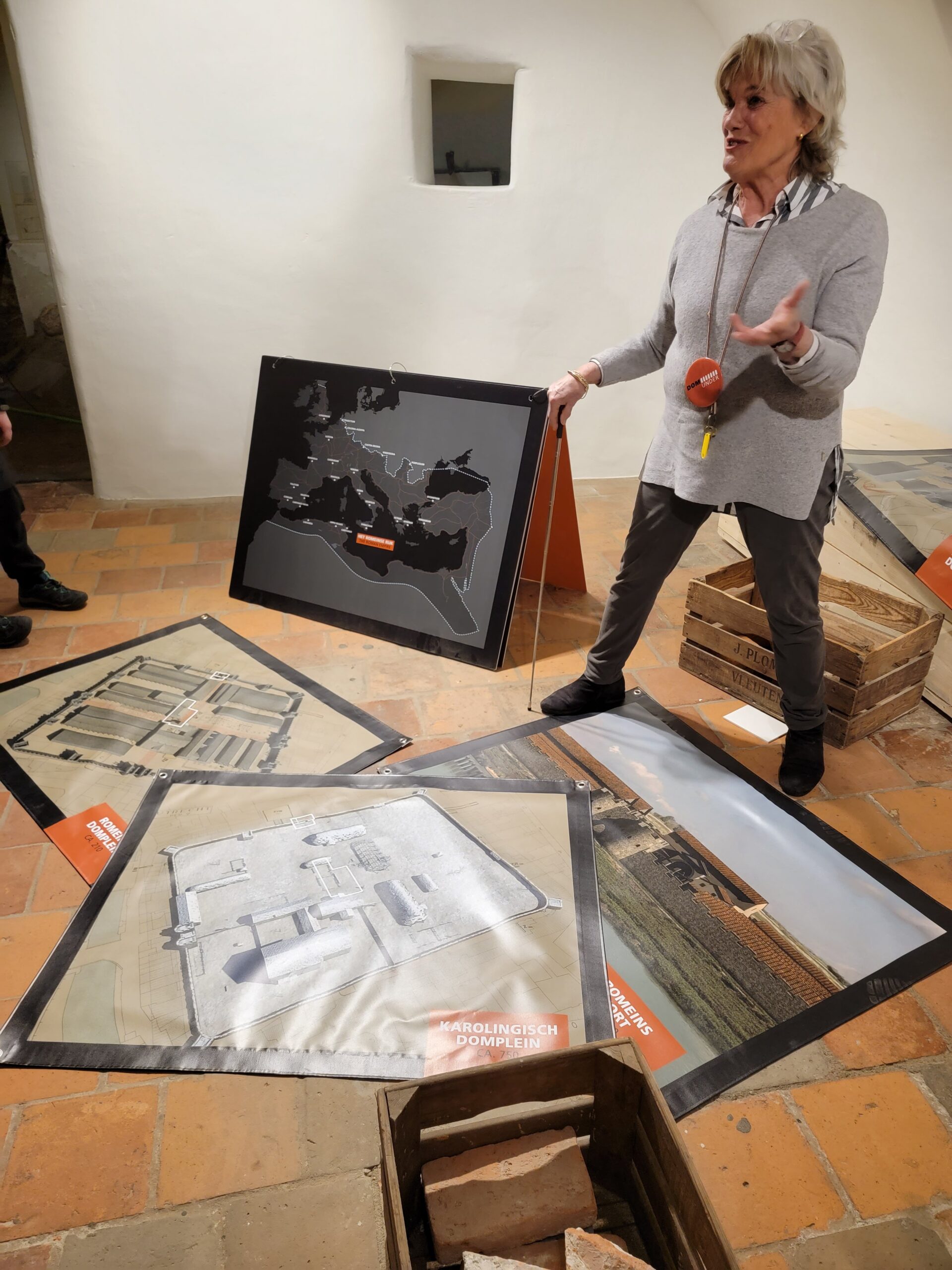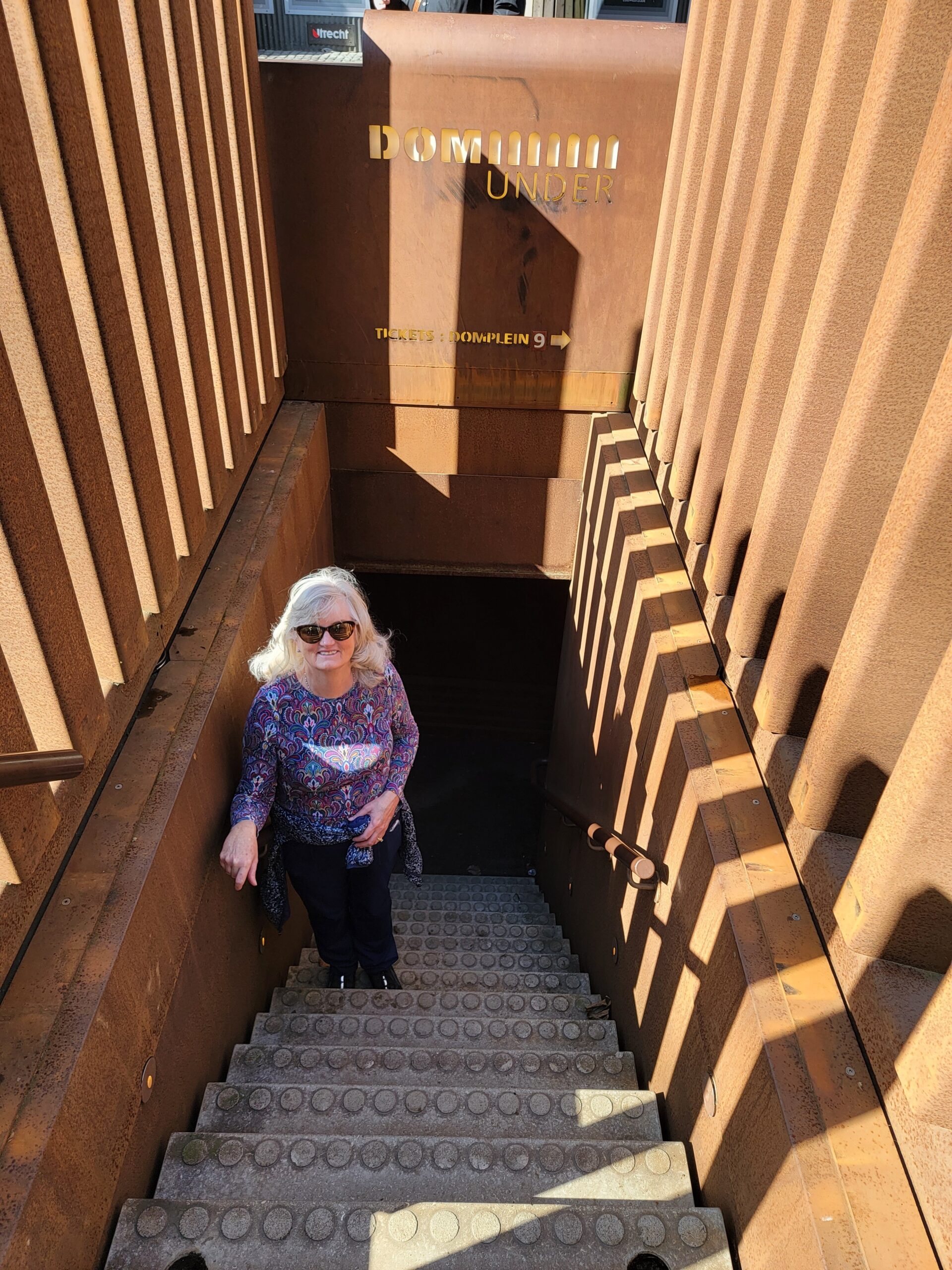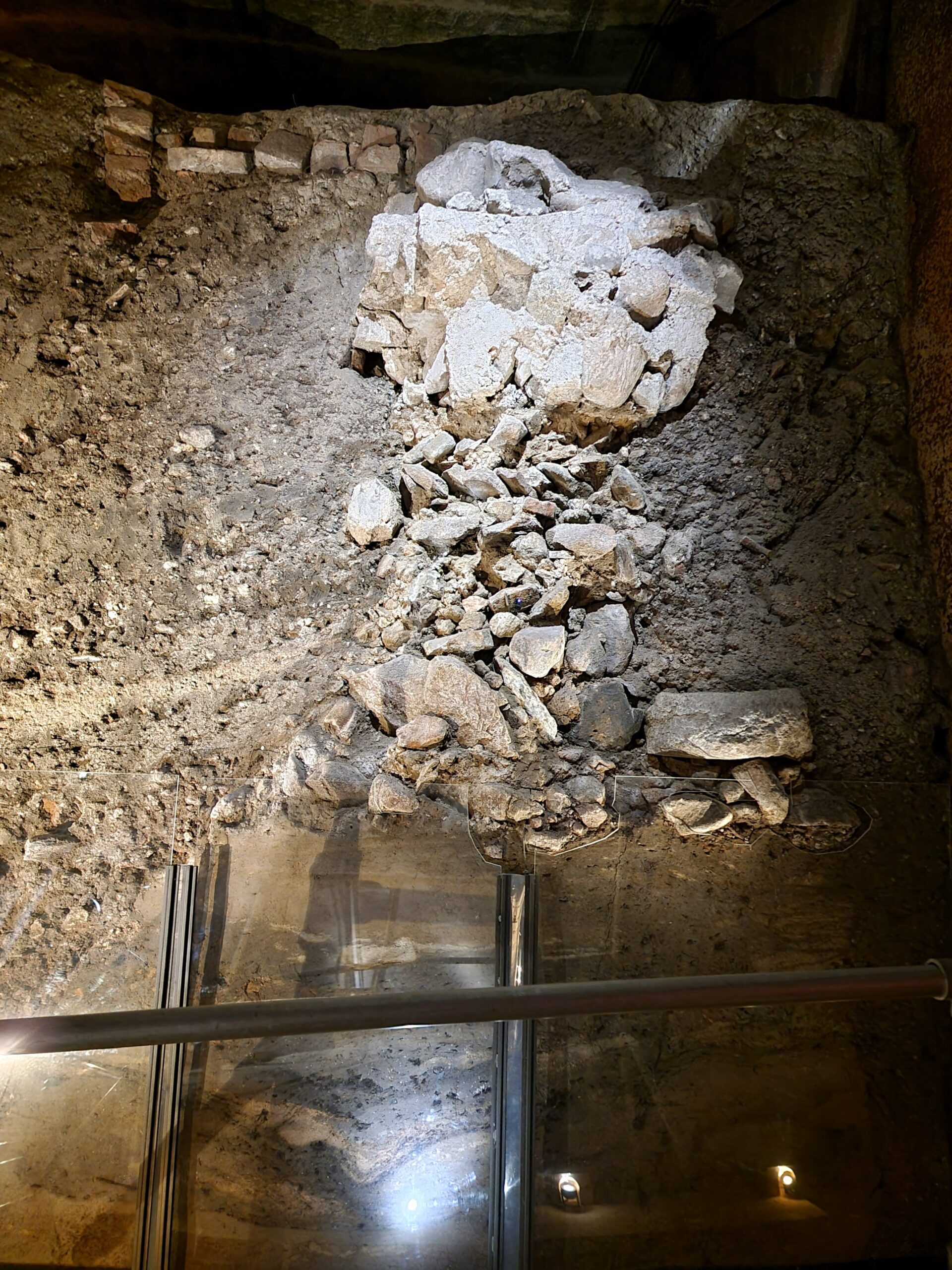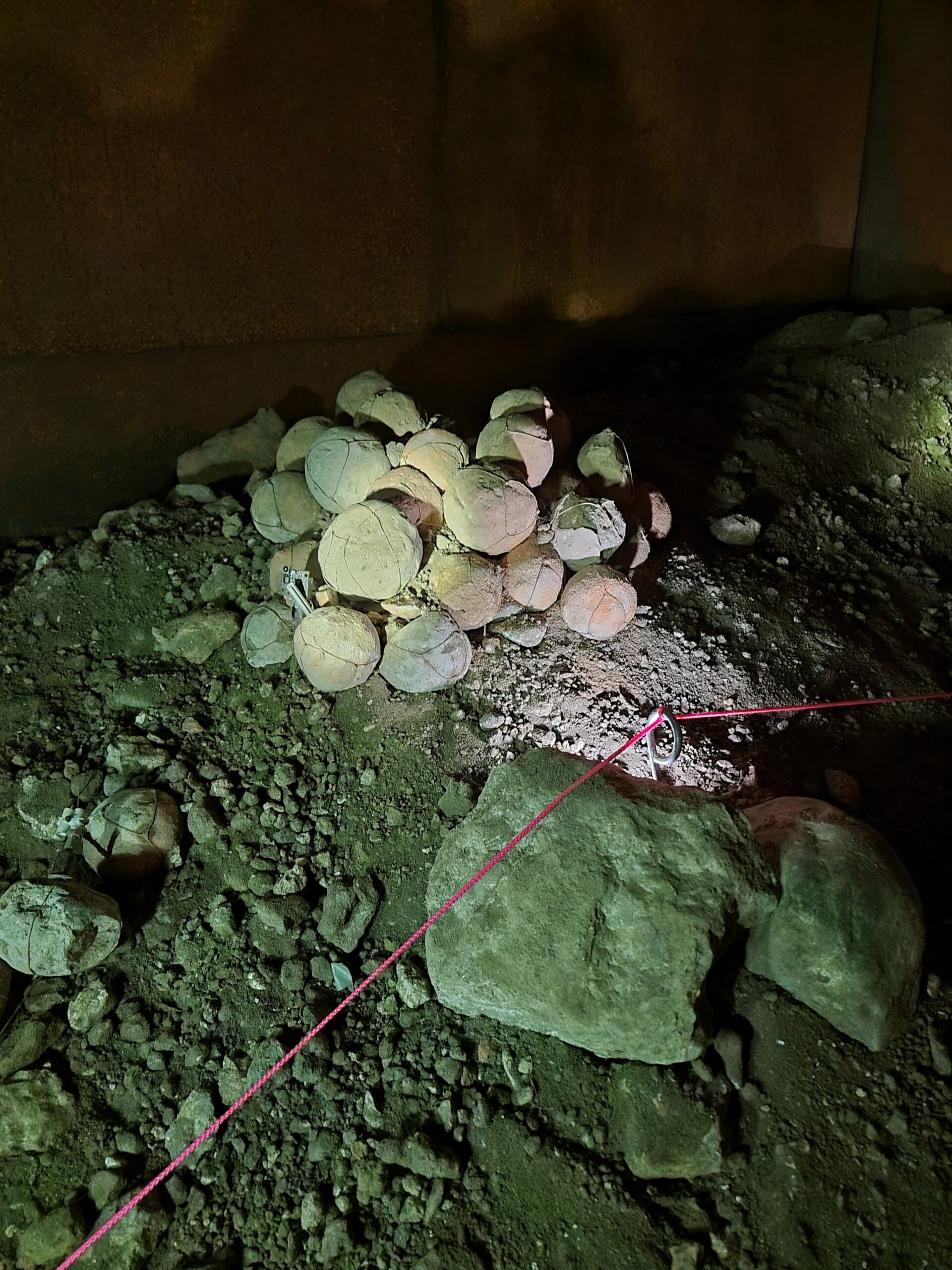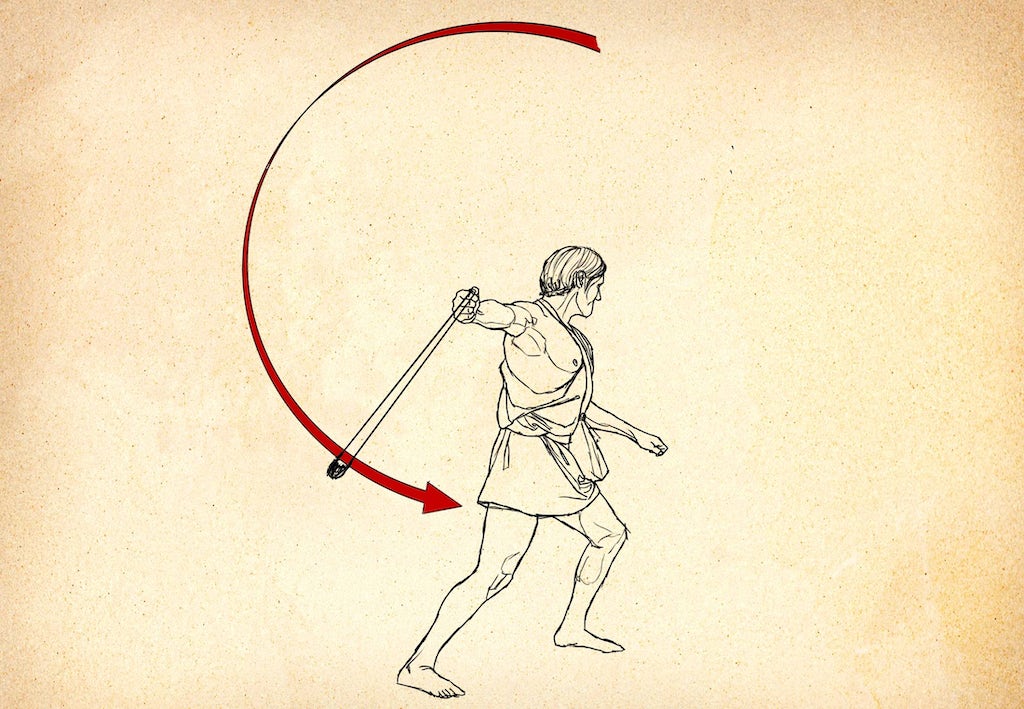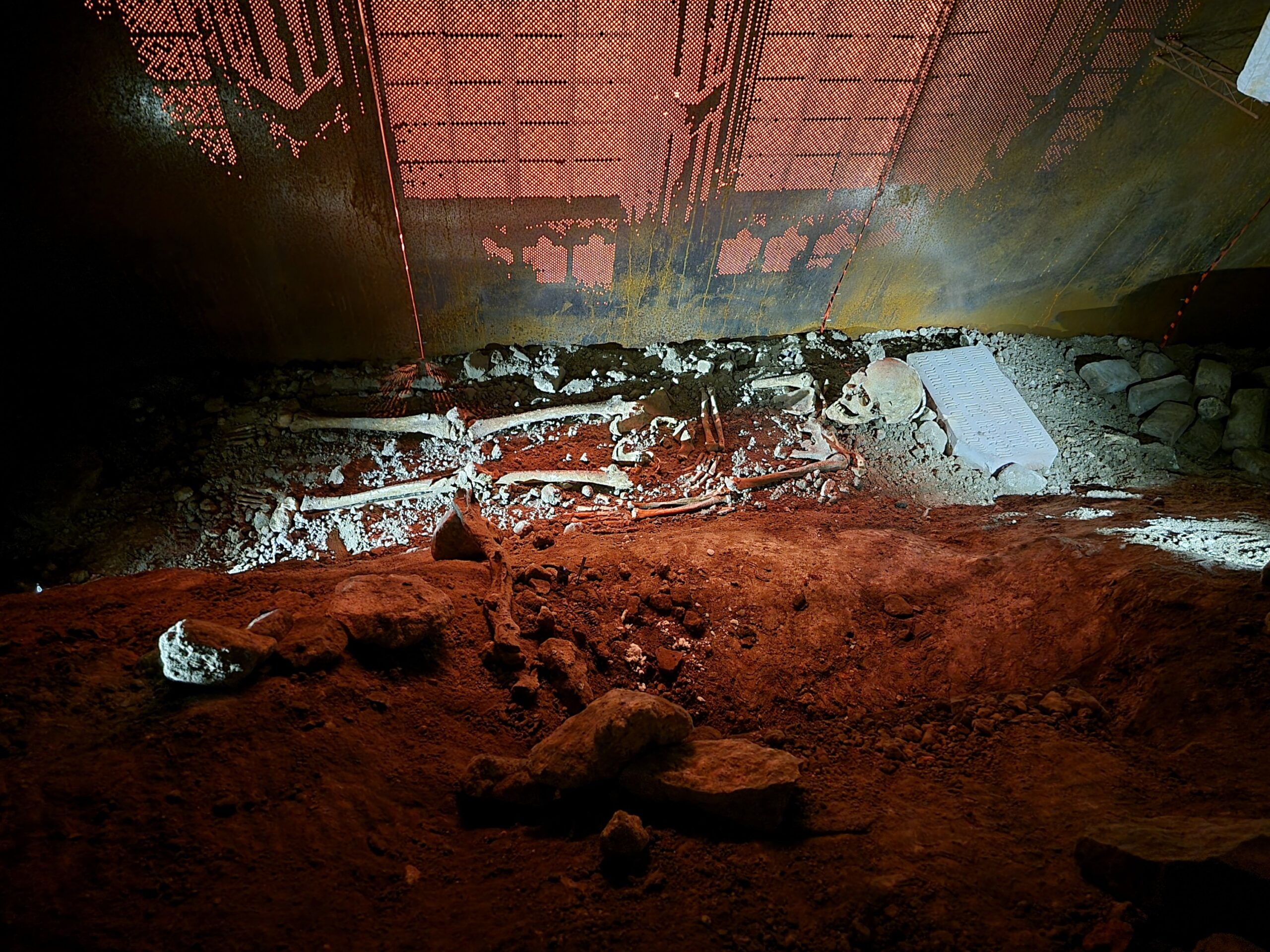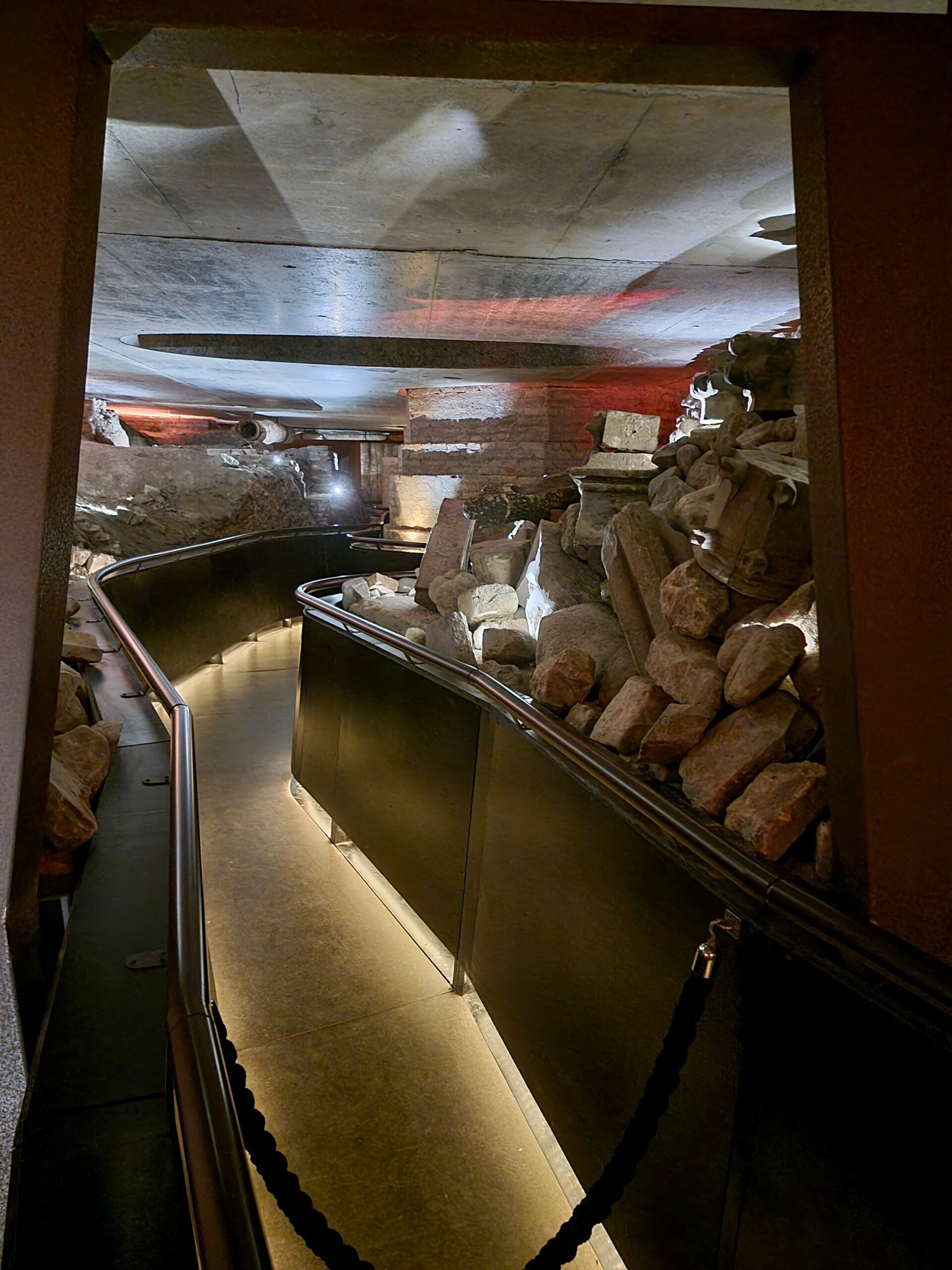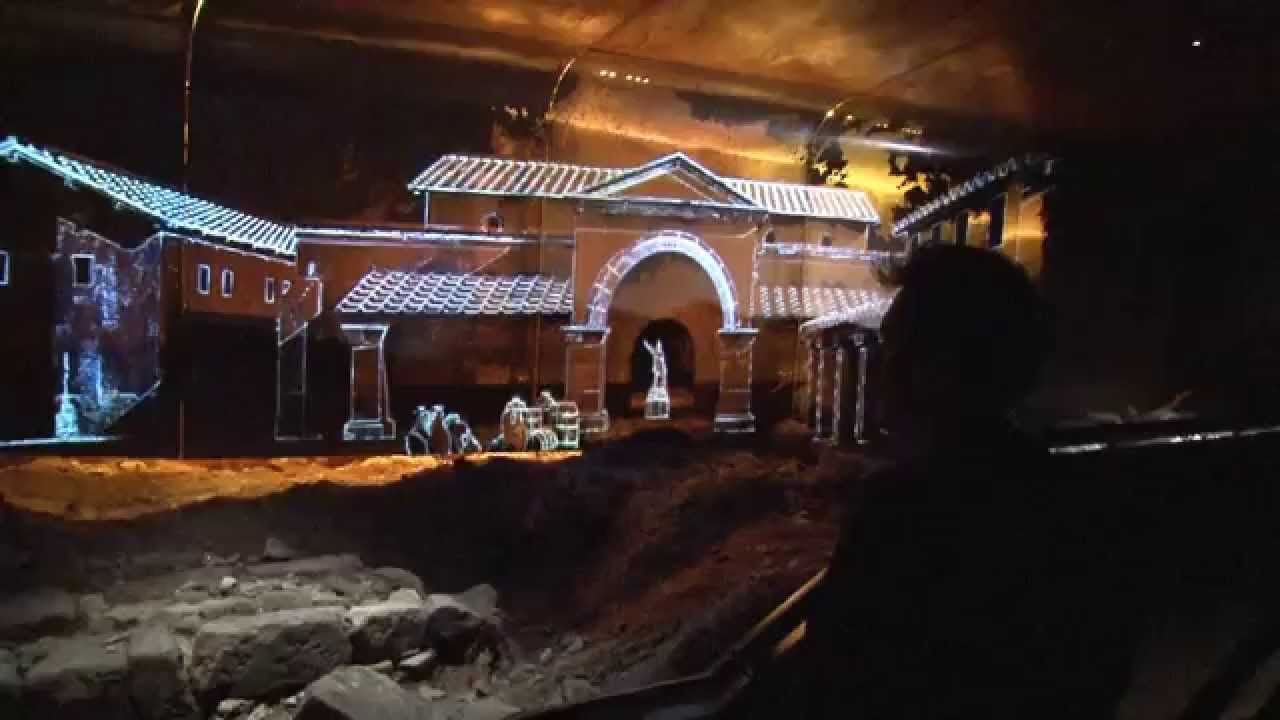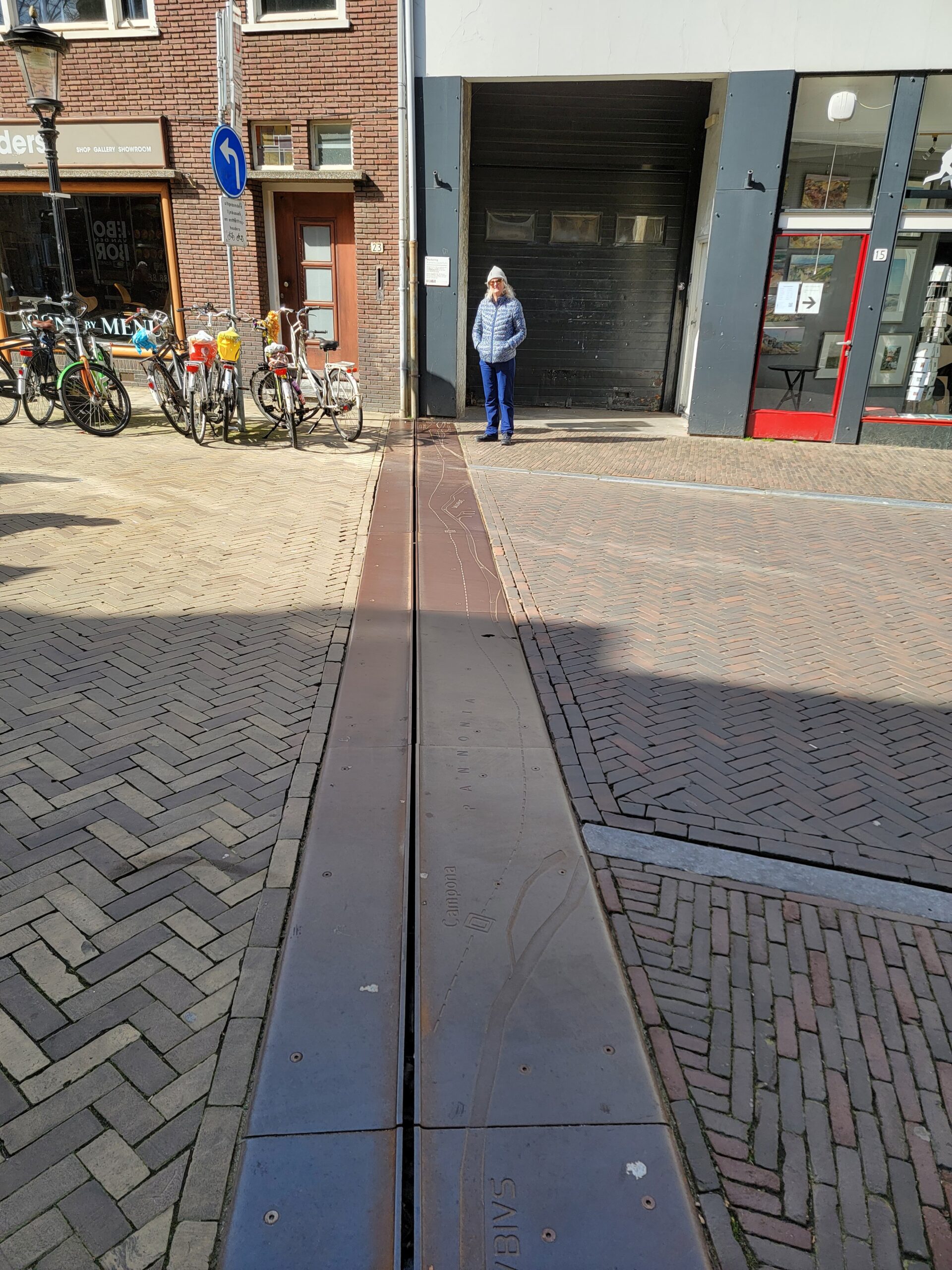Upon researching Utrecht, there were two specific museums I wanted to see. First up was the Sonnenborgh Museum.
This museum is all about Astronomy, but with a particular emphasis on Solar Astronomy. The museum is on a former defensive bastion built in 1552.
The site became an observatory in the 1850’s, and is well known in academic circles for their studies of the chemical composition of the sun. It’s now a museum, and if you visit on a Sunday, which we did, you can look directly at the sun through their solar telescope. I wish they had projected the image so I could have taken a photo. We got quite lucky, as there was a large solar flare happening just as we got there, and you could clearly see it via the telescope. The guide advised us the flare was the size of several earths. Very cool!
There is also a spectrometer you can look through that breaks down the different chemical compositions of the sun. On this day they were displaying the spectrum for Sodium. This is a great spot to take your kids!
They have a large meteorite from Argentina on display, made of mostly iron, and weighing 250 lbs. The museum estimates it’s 4.5 billion years old, about the same age as Nancy Pelosi’s dentures!
This line depicts the “meridian” of Utrecht, the line where the sun is directly overhead, known to Navigators as Local Apparent Noon.
If you come to Utrecht just make sure you visit on a Sunday! Get there early, as it can get crowded. If you get there too early, just walk around like we did. The area is beautiful!
The next museum we visited was the Rietveld-Schroder House, an architectural masterpiece built in 1924, and considered to be an icon of the Modern Movement in architecture. Architecture students still learn about this house during their studies. Book your tickets early, as they only allow in a handful of guests at a time, and they sell out well in advance. We saw several people turned away while we were there.
For being almost 100 years old, the house was well ahead of it’s time. It’s been a UNESCO World Heritage site since December 2000. One of the first things you see on the exterior is the voice tubes so somebody could announce their arrival.
The other end is on the 2nd story.
The owner of the house was Mrs. Truss Schroder-Schrader, She previously lived in a large home befitting her wealthy husband. Upon her husbands death in 1923 she decided she wanted a smaller house for her and her three children. She had previously hired a newcomer to architecture, Gerrit-Rietveld, to design a room in her old house, and liked the results so much that she hired him to design and build her new house.
She indicated she desired a living area without walls, so the upper level of the house has walls that can easily be moved aside depending on how you want to utilize the interior. The open space converts into three bedrooms and a dining room just by moving a few walls back into place. The below photo shows a bedroom and the dining room after the walls have been moved.
Rietveld was born in Utrecht, and grew up the son of a furniture maker. Before he discovered his love of architecture, he had his own furniture workshop, and he designed this iconic Red-Blue chair in 1918. The color scheme of the chair was introduced in 1923 to follow the Dutch “De Stijl” movement. De Stijl is Dutch for “The Style”.
He also designed the Z-shaped chairs for the table on the ground floor. These were designed in the early 1930’s, when a local Dutch department store asked him to design something for mass production. On the right of the photo is a drop-table that was used for deliveries via the small window above it. They really did think of everything. Even the mailbox by the front door was clear glass so you could see when the mail had arrived.
The upstairs windows open all the way out to give a sense of being outdoors.
This was Mr’s Schroder’s bedroom. You can see the sink hidden behind a wall on the right. She lived here until her death in 1985, when she was 95 years old.
Utrecht is a beautiful city that should be on your list of places to visit. If nothing else, make sure you come so you can visit this restaurant! This is Restaurant De Goedheyd. It was incredible! My review on Trip Advisor!
Our last night in Utrecht we had dinner in a water tower that has been converted into a restaurant. You can see the windows of WT Urban Kitchen at the top of the former tower.
Excellent views of Utrecht from the top!
Who can’t like a city that has a statue of The Thinking Rabbit?
Next up, we head to Maastricht, Netherlands, about as far south as you can get and still be in the country.
